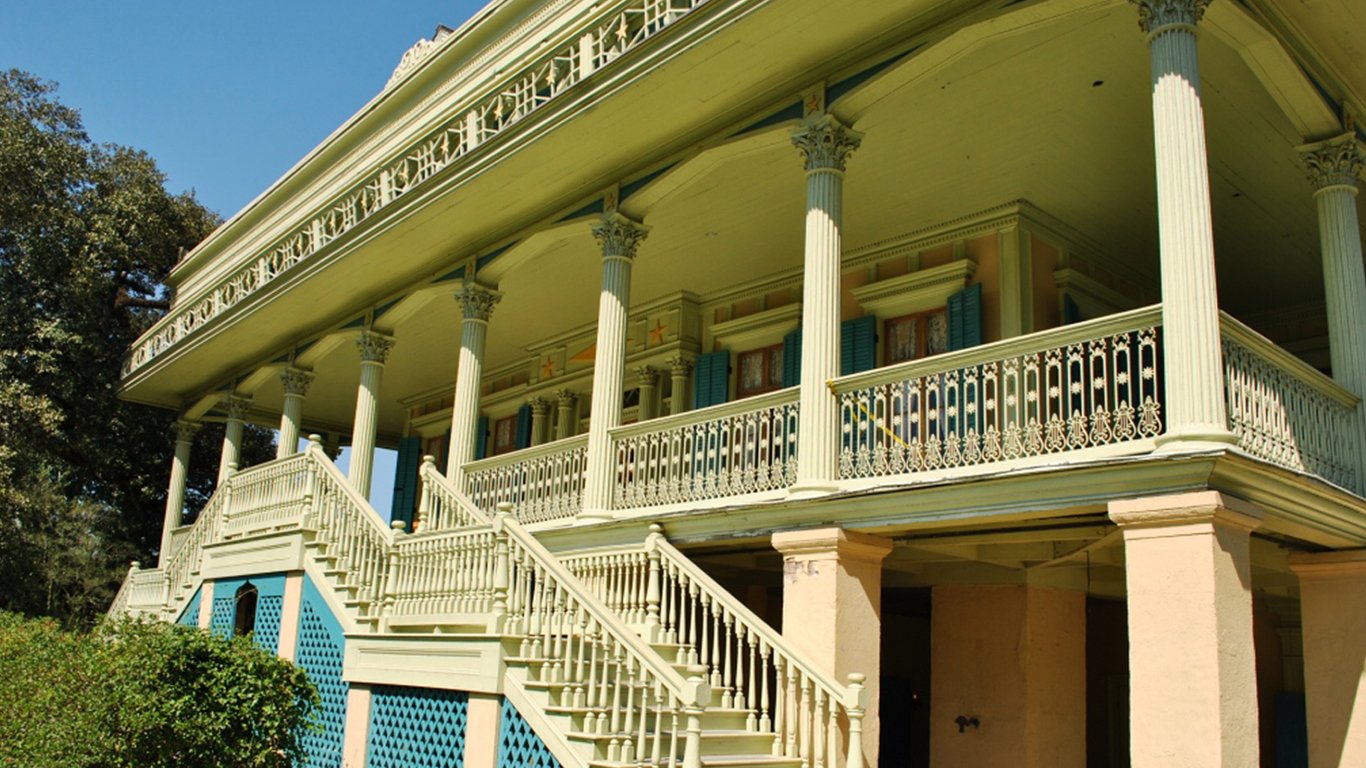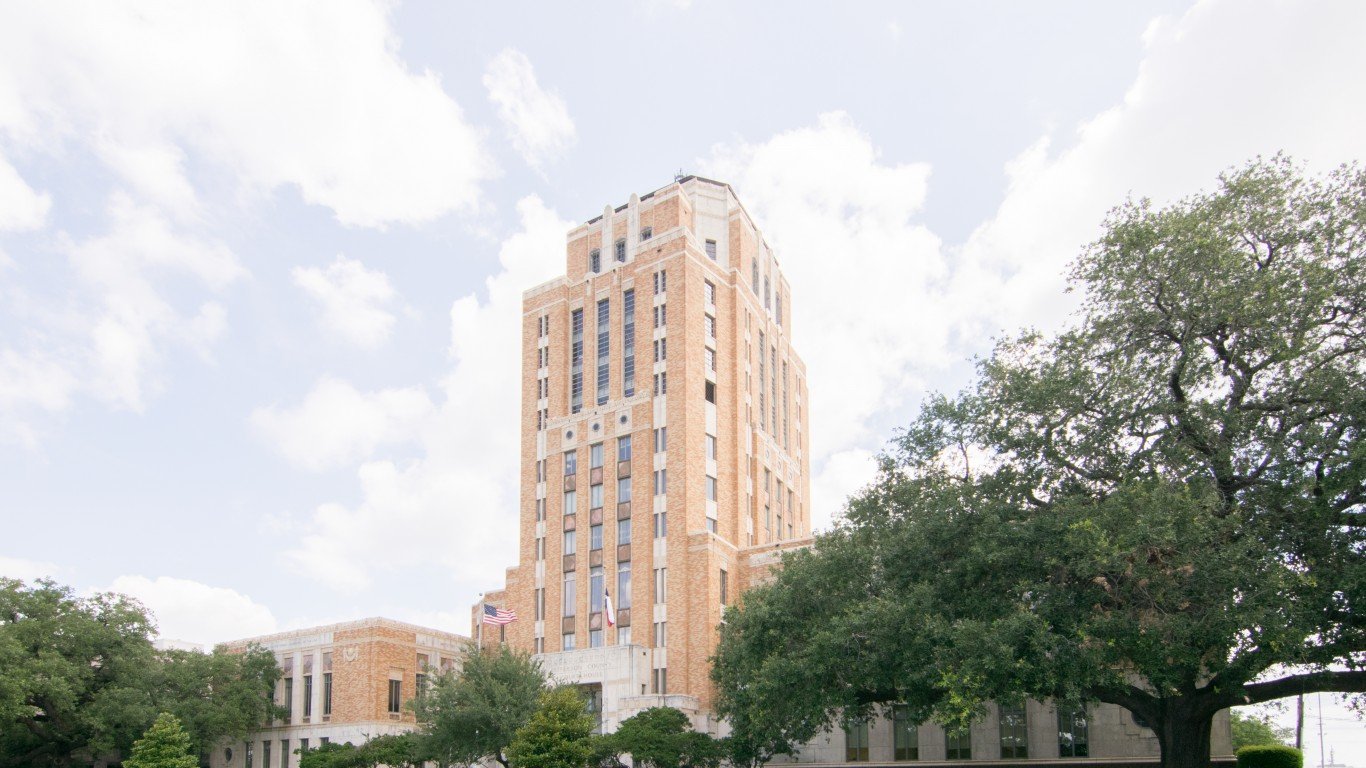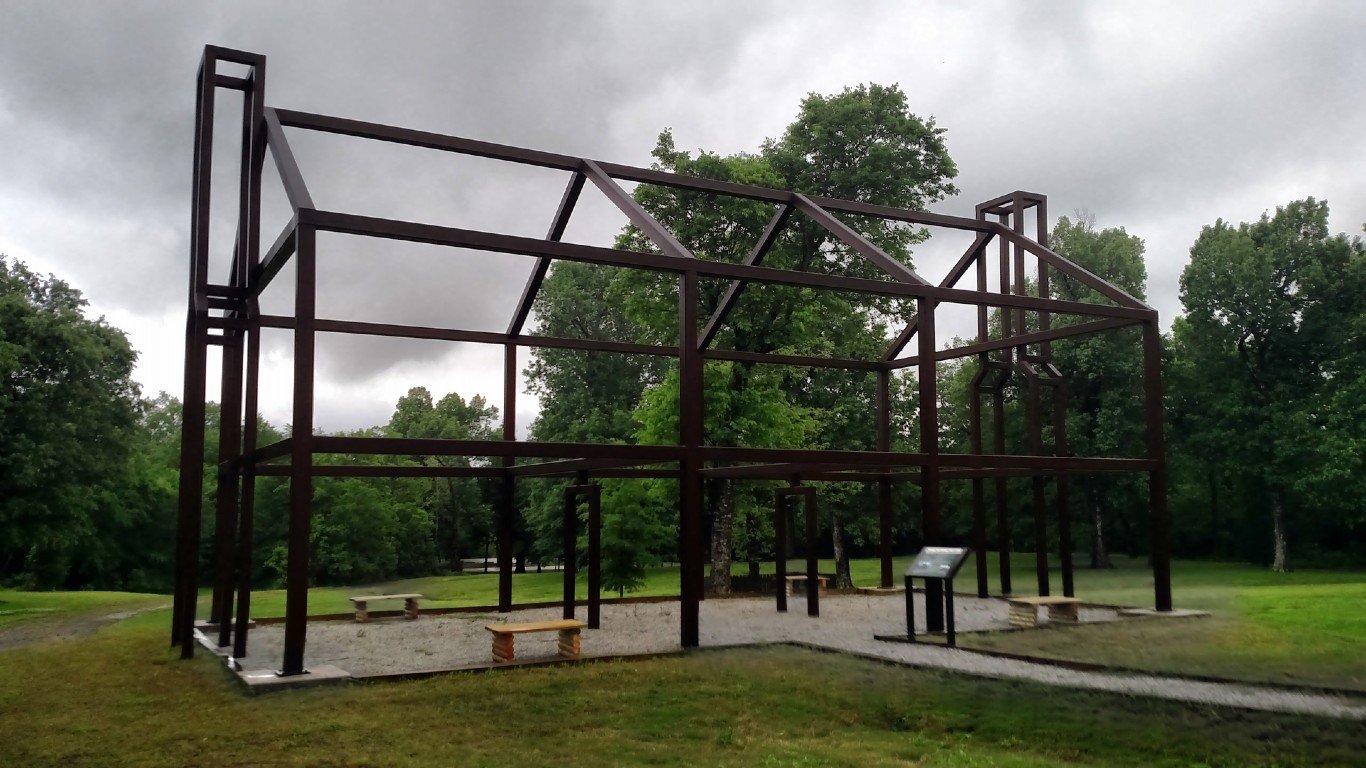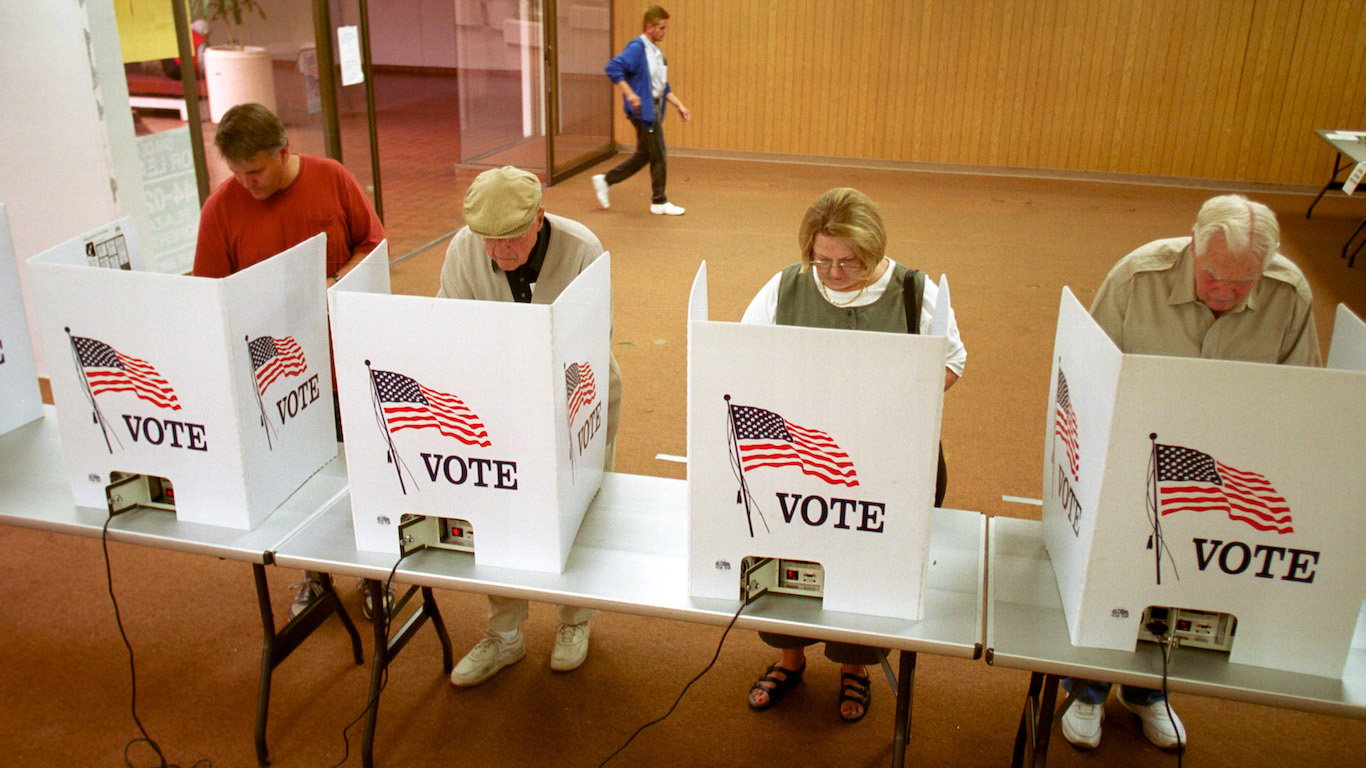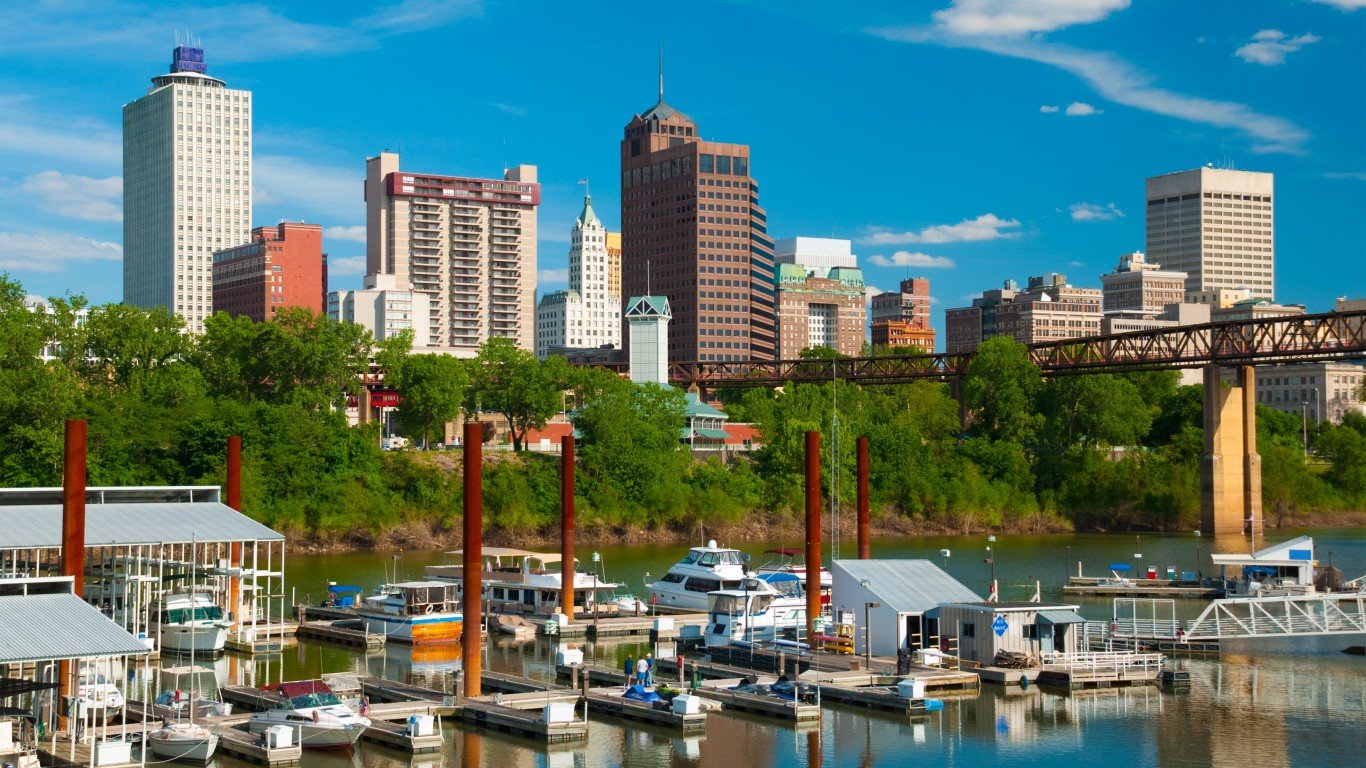

Children spend a bit under seven hours a day in school nationwide, according to the National Center for Education Statistics. That’s a lot of time reading, writing – and breathing what could be toxic air.
Spurred into action by the COVID-19 pandemic, the Department of Education’s $122-billion Elementary and Secondary Schools Emergency Relief Fund set aside monies to improve air quality in schools in the 2021-2020 academic year. Upgrading ventilation, installing carbon monoxide monitors, and bringing in fresh air as much as possible were some of the measures schools could use the funds for to clear the air. (Here are 20 tips to improve the air quality in your home.)
Yet several schools across the nation continued to register poor air quality not just because of a contagious virus, but due to airborne toxins as well.
To identify the schools across the country that have the highest concentrations of toxic air hazards, 24/7 Tempo reviewed the average toxic air hazard data in the report, “The 50 Schools in America With the Most Toxic Air,” by playground supplier AAA State of Play.
The report used PERI Toxic Hazard Scores, calculated by the Political Economy Research Institute at the University of Massachusetts Amherst. The analysis includes only currently operational regular public schools for pre-K-12 and does not cover charter, alternative, private, or adult education institutions. The scores are based on the concentration of air toxins in each 810-by-810-meter (2,657-by-2,657-foot) grid cell within 50 kilometers (31 miles) of each facility, scaled to take into account the toxicity weight of each chemical. According to the report, all of the chemicals are hazardous, but their toxicities vary greatly. (Population data came from the U.S. Census Bureau’s 2020 American Community Survey.)
According to the report, the average toxic hazard score reached 4,512 nationwide. But some schools went above that mark – and by a wide margin.
The “lowest” toxic air hazard score – the comparative best of the worst – was found at Nelson-Wilks-Herron Elementary School in Mountain Home, Arkansas. There, the toxin level reached an alarming 356,289, with ethylene oxide exceeding all other chemicals. A flammable gas with a sweet odor, ethylene oxide – used in the production of ethylene glycol, a compound found in antifreeze and polyester – can cause headaches, nausea, difficulty breathing, and general weakness.
As concerning as that level of toxicity is, it’s well below that of the worst scoring school on this list – Verona Elementary and High Schools in Verona, Missouri, where the level was almost 3 million. Ethylene oxide accounted for the biggest portion of the toxins there, too. (For reasons beyond air toxicity, here’s a list of the worst school district in every state.)
Click here to see the 50 U.S. schools with the most toxic air
Texas accounts for the most schools on the list – 17 – with the state’s with the poorest air quality measured at Van Buren Elementary School in Groves, part of the Beaumont-Port Arthur metro area. Its toxic air hazard score hit 1.5 million, with ethylene oxide again topping all other chemical agents.
50. Nelson-Wilks-Herron Elementary
> Location: Mountain Home, AR
> Population: 12,463
> School’s toxic air hazard: 356,289
> School’s biggest toxic hazard: Ethylene oxide
[in-text-ad]
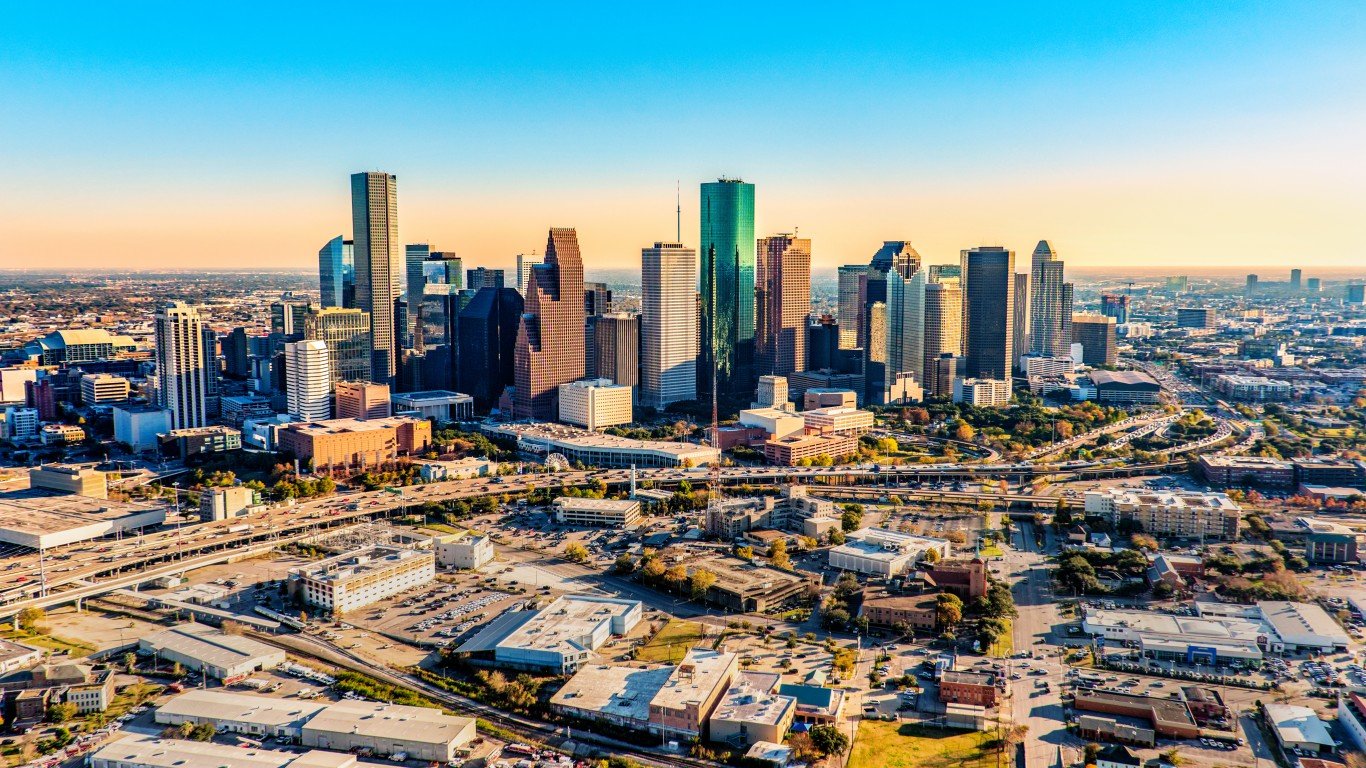
49. Heritage Elementary School
> Location: Deer Park, TX
> Population: 33,599
> School’s toxic air hazard: 357,446
> School’s biggest toxic hazard: Ethylene oxide
48. Pleasant View Elementary School
> Location: Red Lion, PA
> Population: 6,334
> School’s toxic air hazard: 361,584
> School’s biggest toxic hazard: Chromium
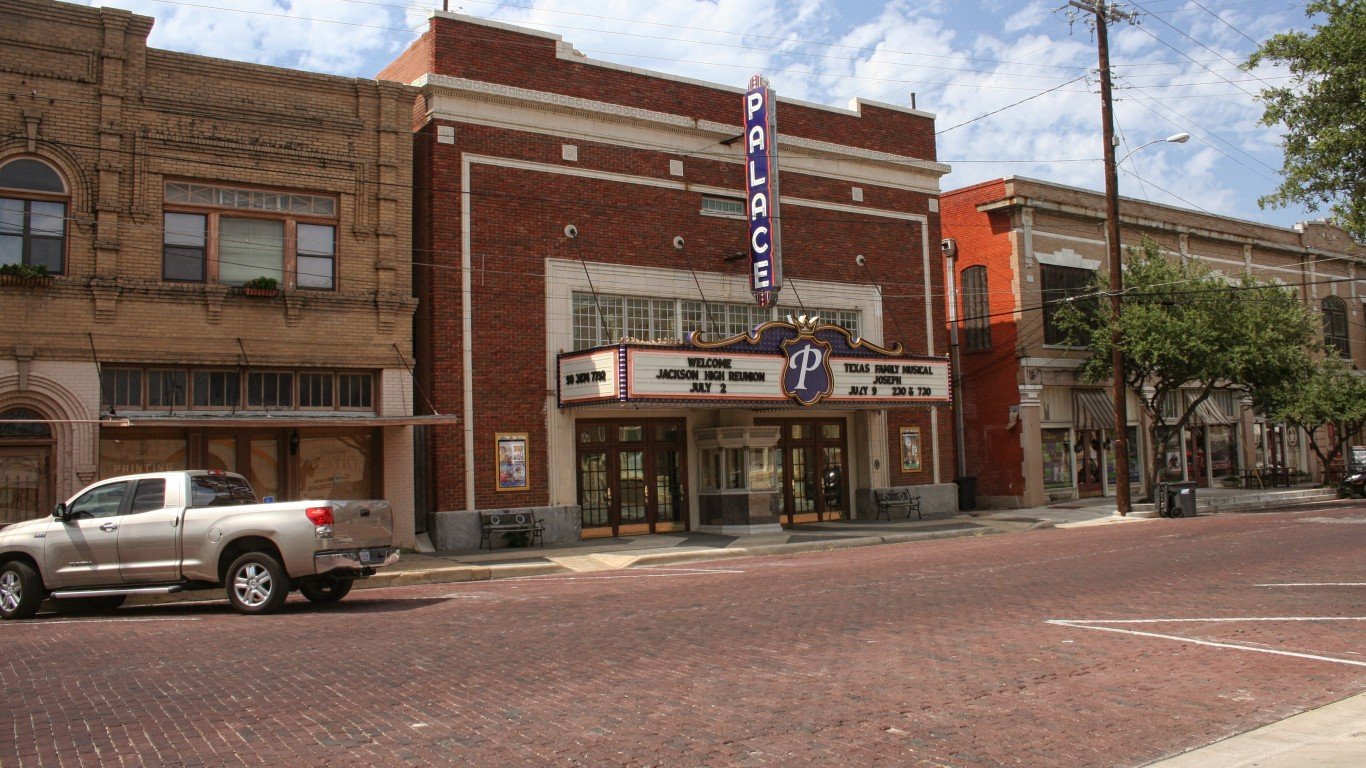
47. Two Dimensions at Corsicana Elementary School
> Location: Corsicana, TX
> Population: 23,736
> School’s toxic air hazard: 365,811
> School’s biggest toxic hazard: Nickel compounds
[in-text-ad-2]
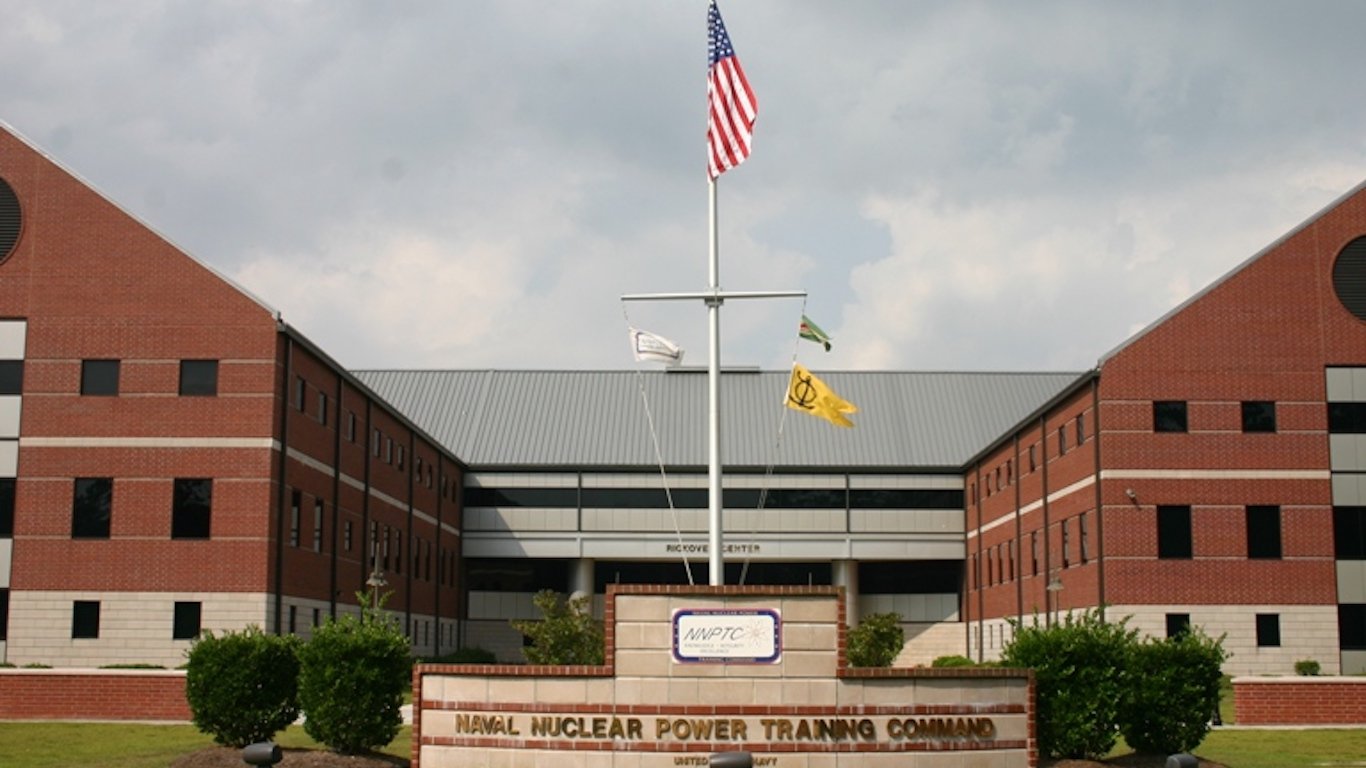
46. Stratford High
> Location: Goose Creek, SC
> Population: 42,944
> School’s toxic air hazard: 367,660
> School’s biggest toxic hazard: Chromium
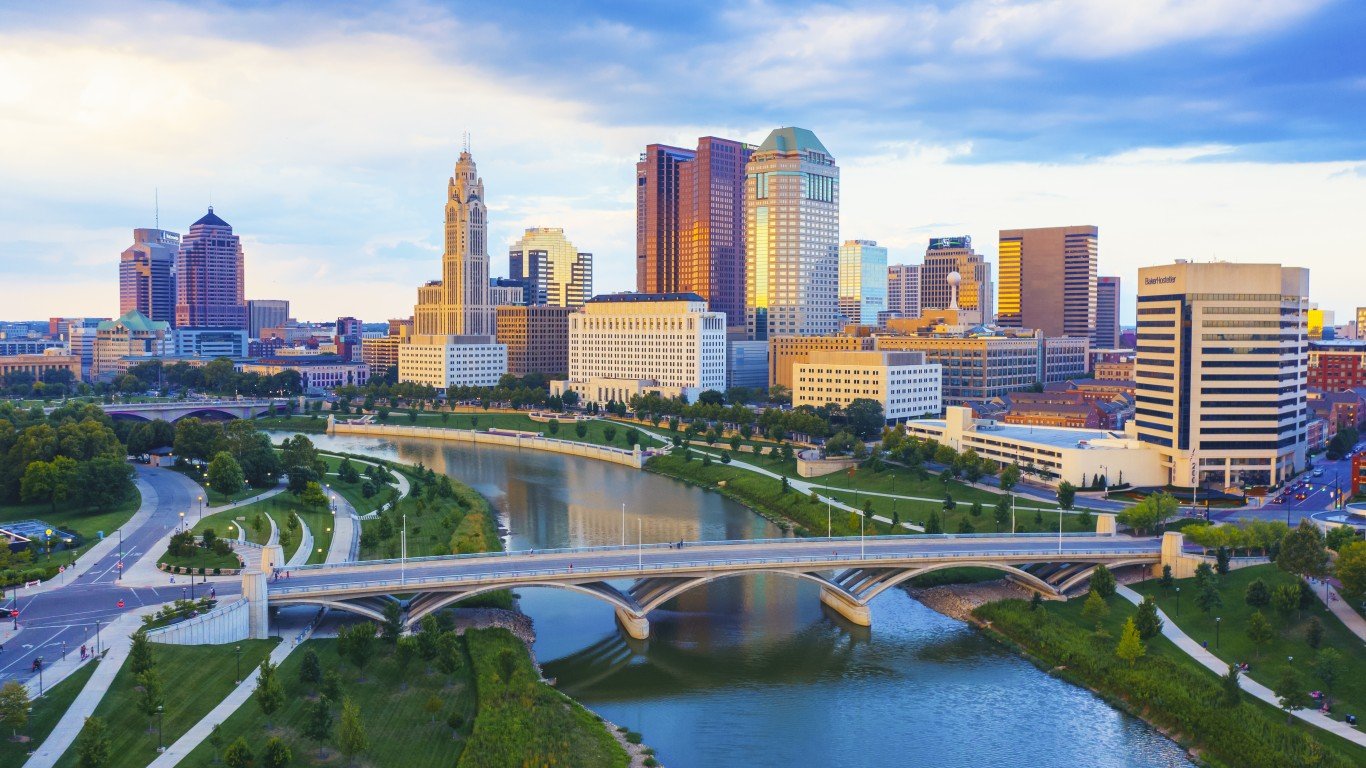
45. Northwood Middle School
> Location: Elyria, OH
> Population: 53,844
> School’s toxic air hazard: 368,691
> School’s biggest toxic hazard: Chromium compounds
[in-text-ad]
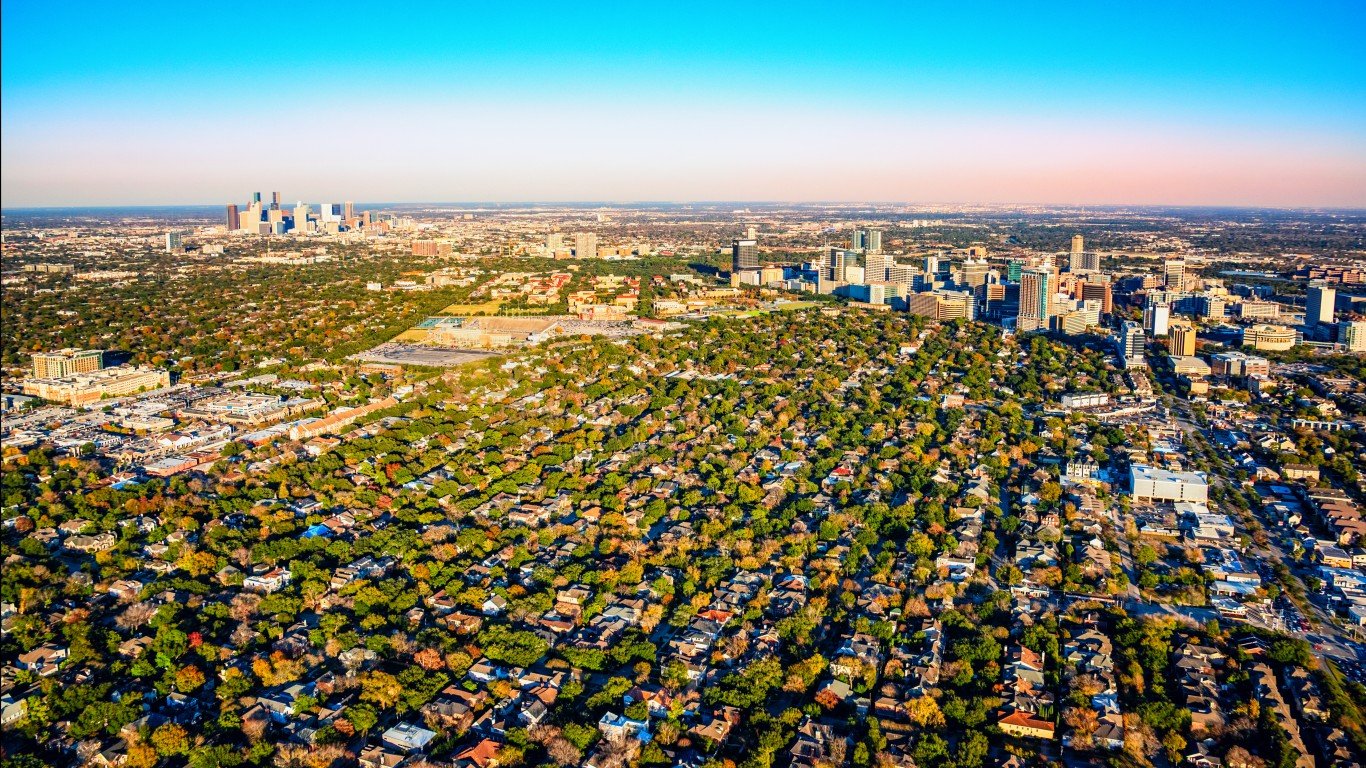
44. De Zavala Elementary School
> Location: Channelview, TX
> Population: 43,378
> School’s toxic air hazard: 370,001
> School’s biggest toxic hazard: Chromium
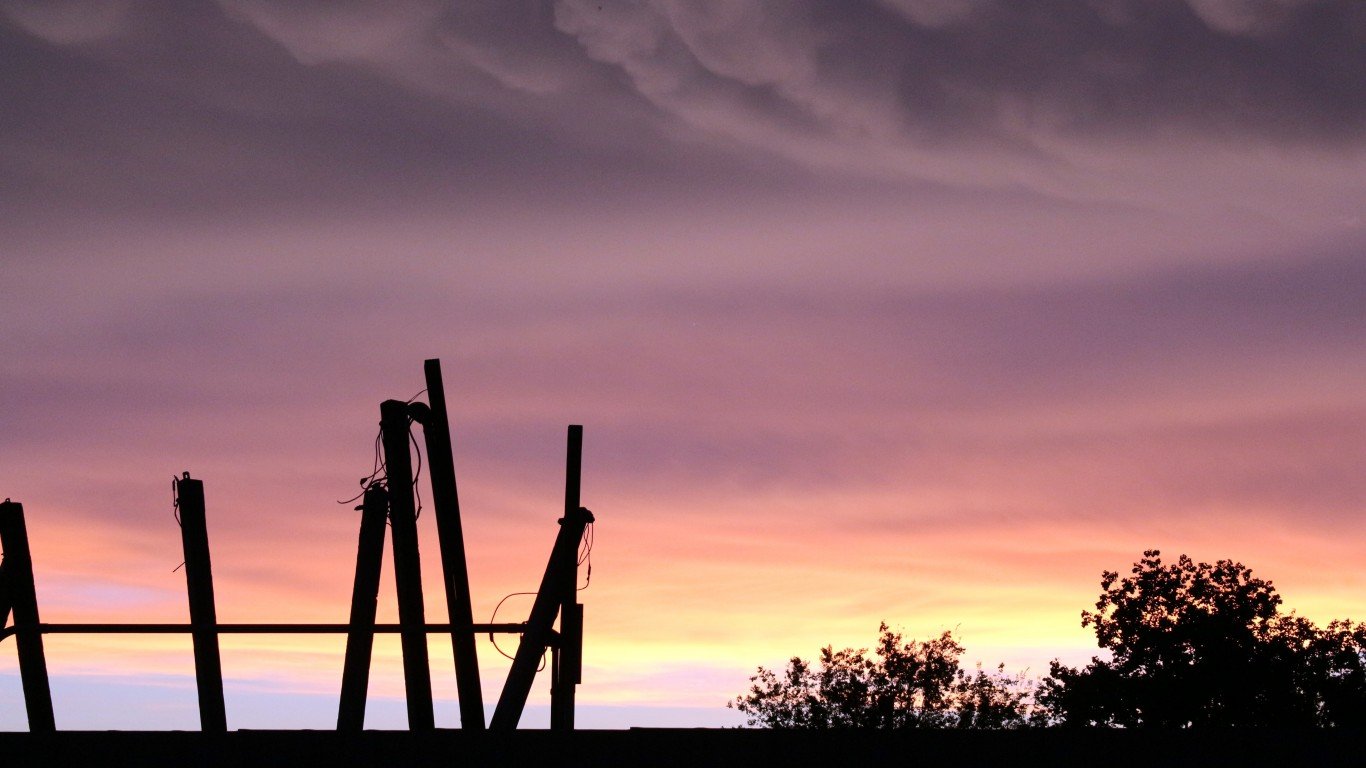
43. Port Neches Elementary and Middle Schools
> Location: Port Neches, TX
> Population: 12,729
> School’s toxic air hazard: 385,976
> School’s biggest toxic hazard: Ethylene oxide
42. Carter G. Woodson Middle School
> Location: Hopewell, VA
> Population: 22,500
> School’s toxic air hazard: 391,877
> School’s biggest toxic hazard: Ethylene oxide
[in-text-ad-2]
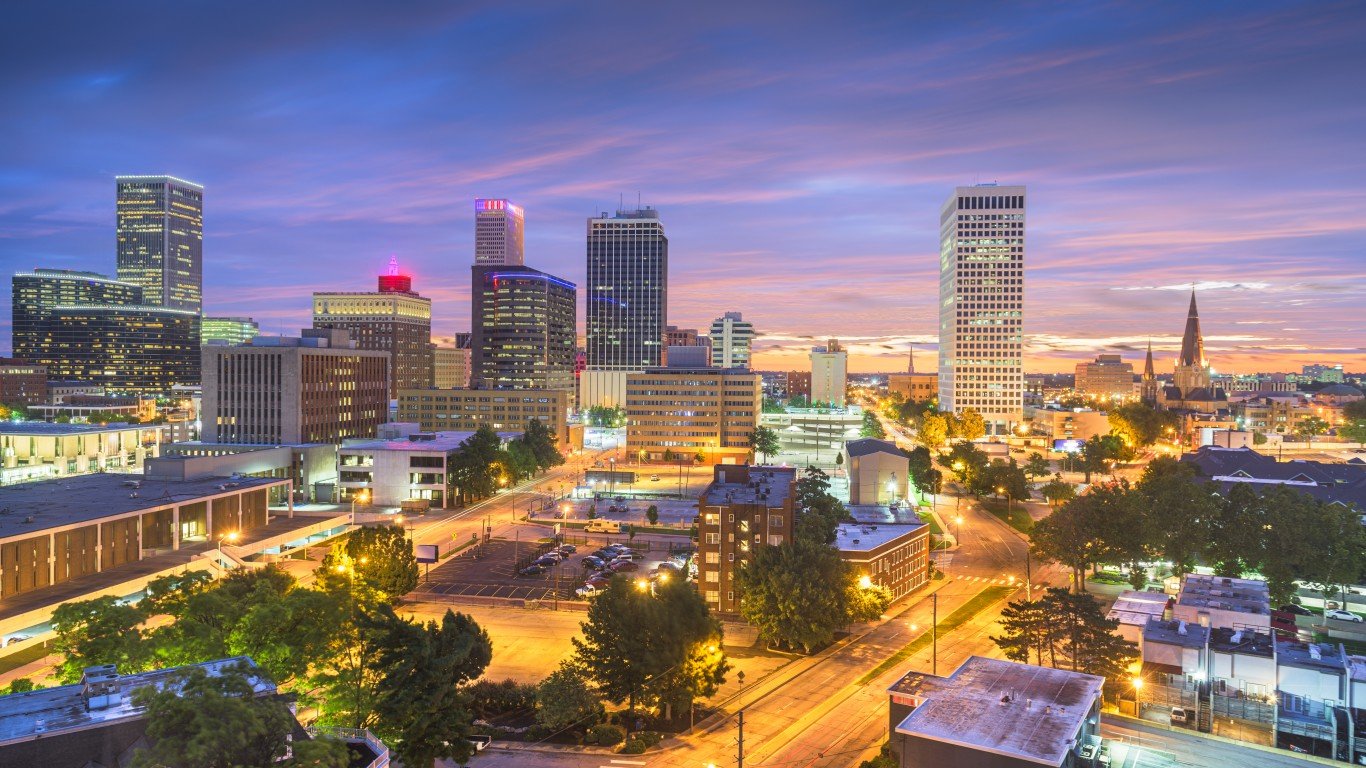
41. Charles Page High School
> Location: Sand Springs, OK
> Population: 19,912
> School’s toxic air hazard: 407,532
> School’s biggest toxic hazard: Ethylene oxide
40. High Bridge Elementary and Middle Schools
> Location: High Bridge, NJ
> Population: 3,460
> School’s toxic air hazard: 410,699
> School’s biggest toxic hazard: Chromium
[in-text-ad]
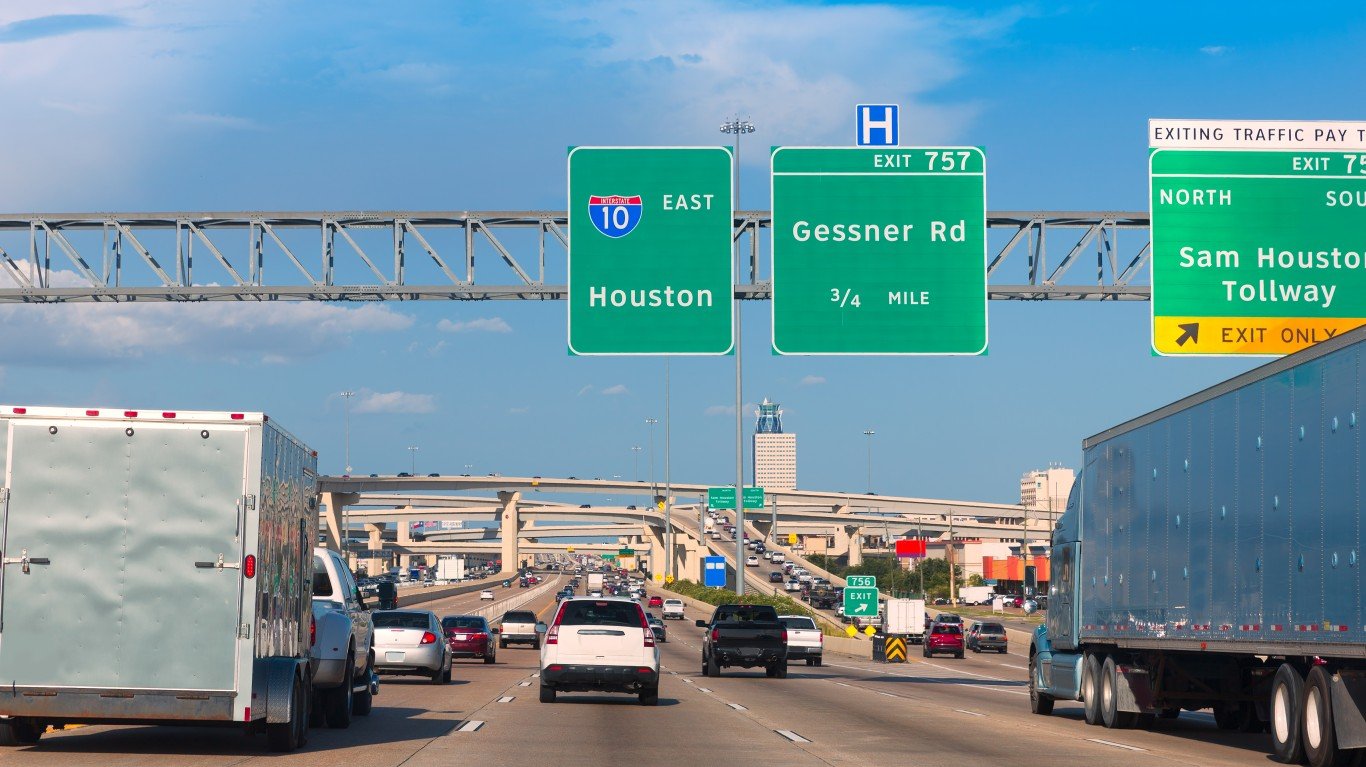
39. Crenshaw Elementary
> Location: Channelview, TX
> Population: 43,378
> School’s toxic air hazard: 414,966
> School’s biggest toxic hazard: Ethylene oxide
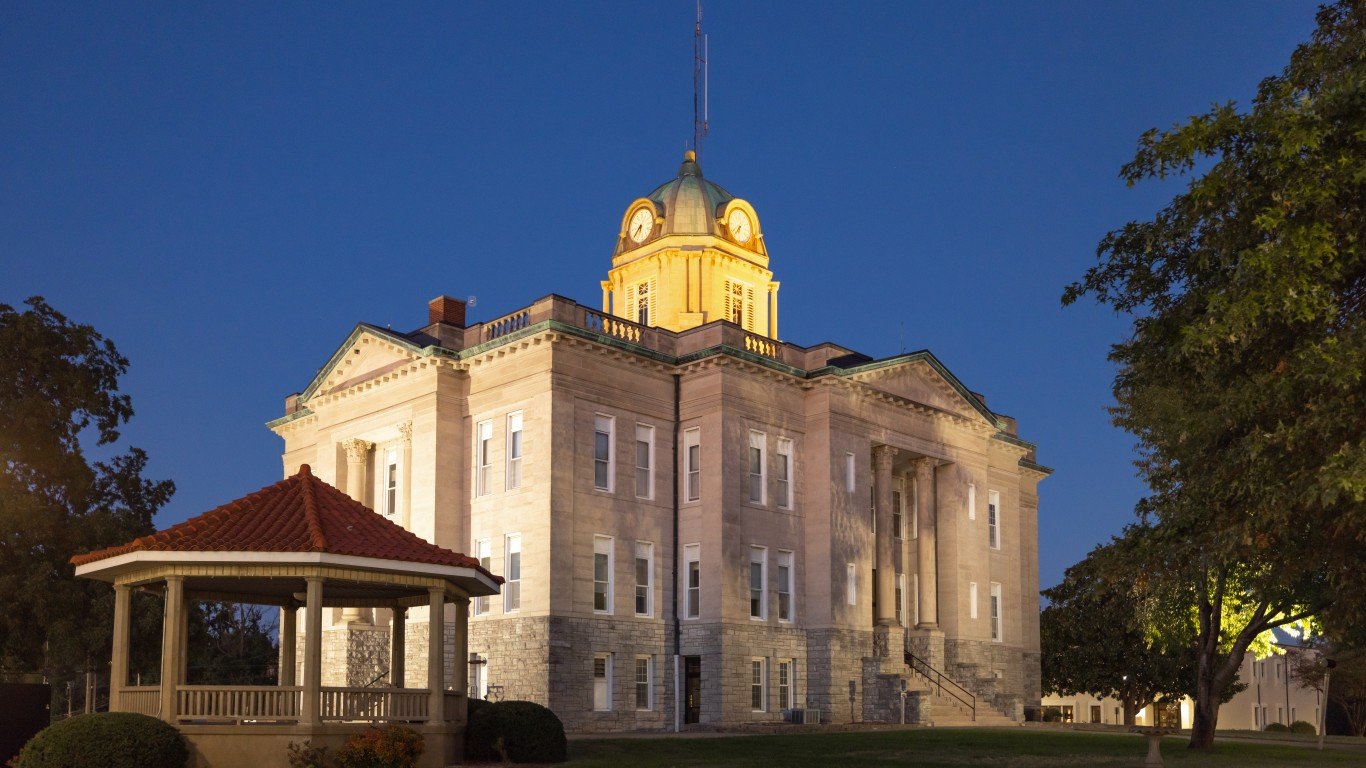
38. Russell Hawkins Jr. High School
> Location: Jackson, MO
> Population: 14,893
> School’s toxic air hazard: 423,958
> School’s biggest toxic hazard: Ethylene oxide
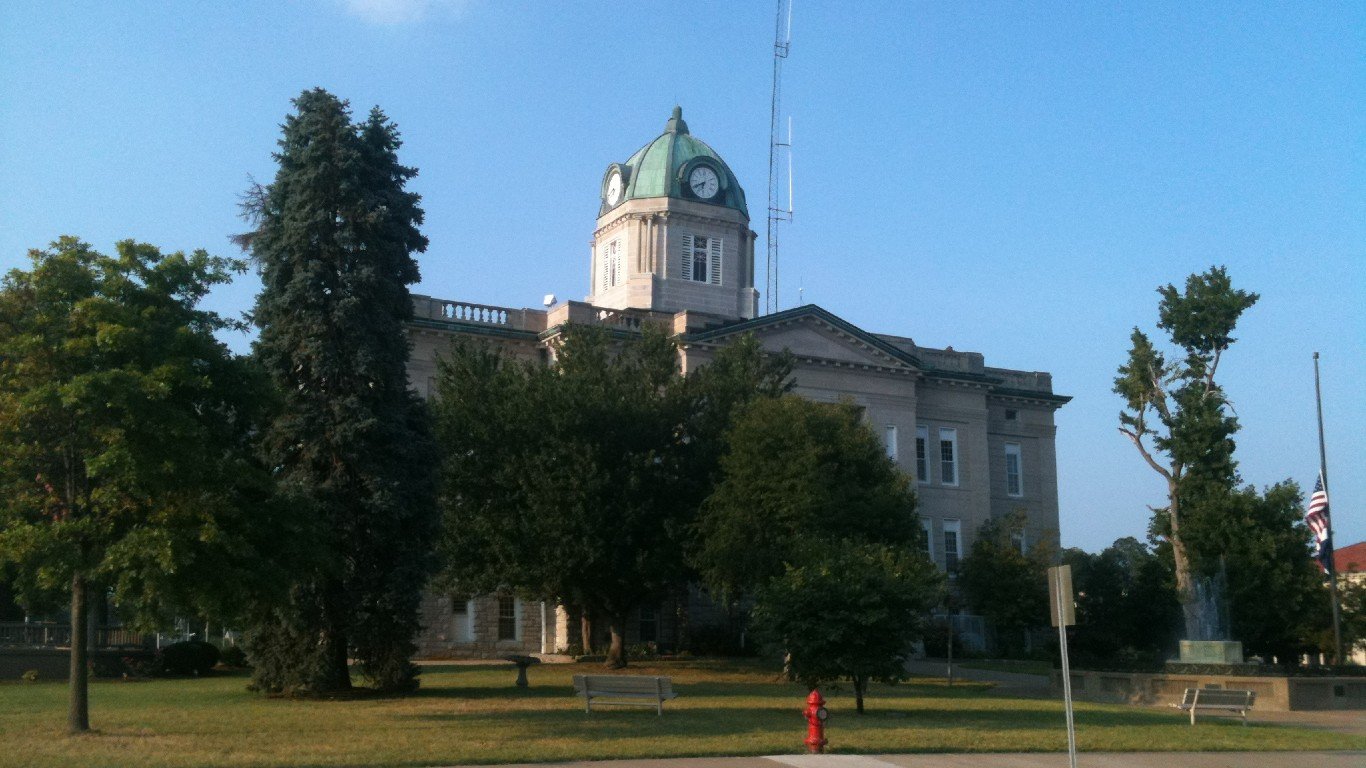
37. Orchard Drive Elementary School
> Location: Jackson, MO
> Population: 14,893
> School’s toxic air hazard: 423,958
> School’s biggest toxic hazard: Ethylene oxide
[in-text-ad-2]
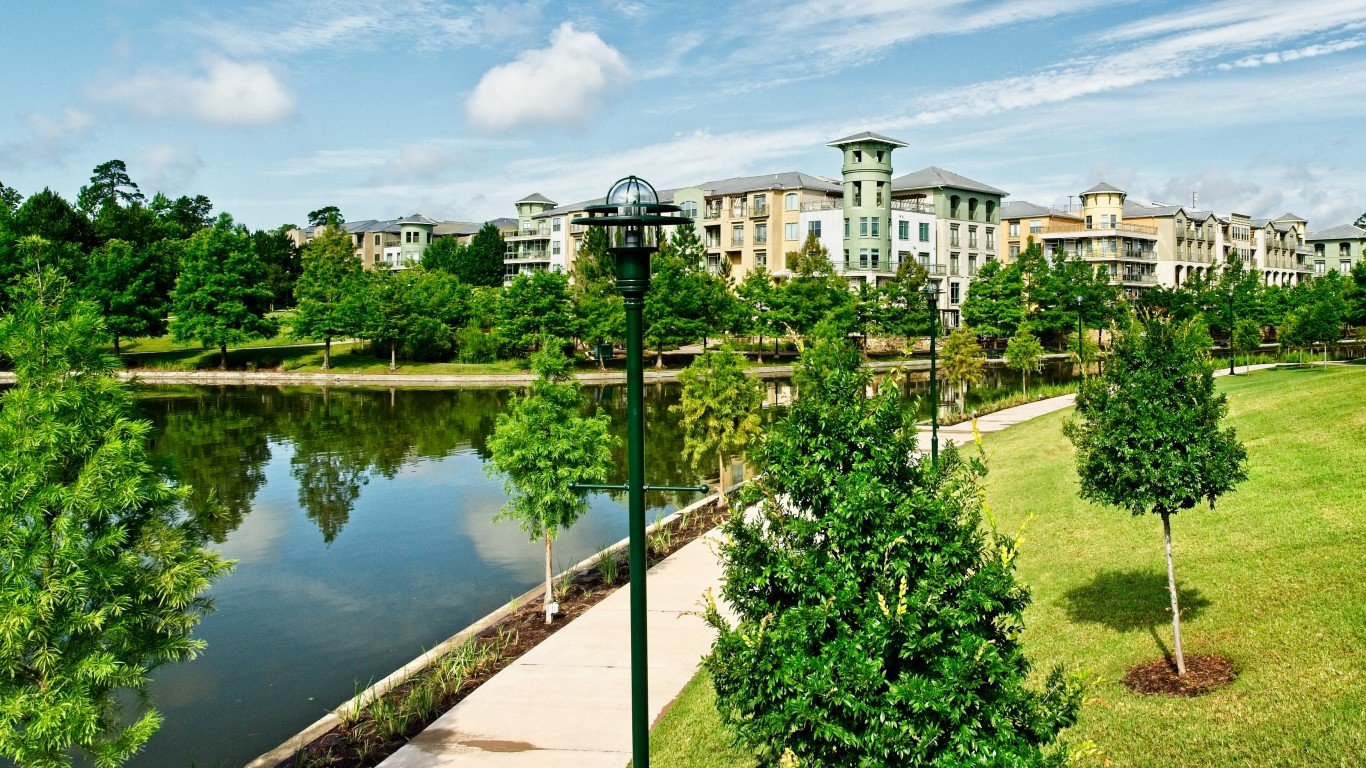
36. Seguin Elementary School
> Location: Houston, TX
> Population: 2,313,238
> School’s toxic air hazard: 424,597
> School’s biggest toxic hazard: Chromium compounds
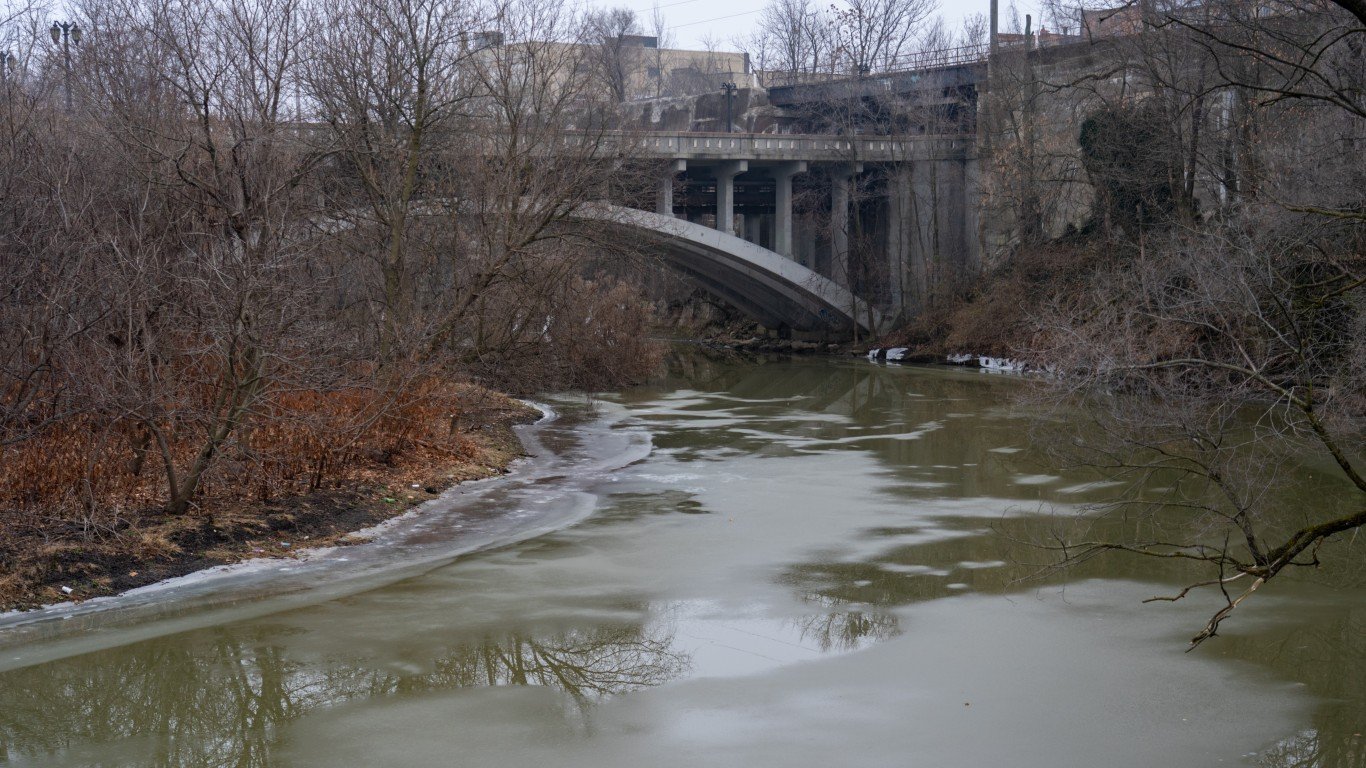
35. Elyria High School
> Location: Elyria, OH
> Population: 53,844
> School’s toxic air hazard: 428,924
> School’s biggest toxic hazard: Chromium compounds
[in-text-ad]
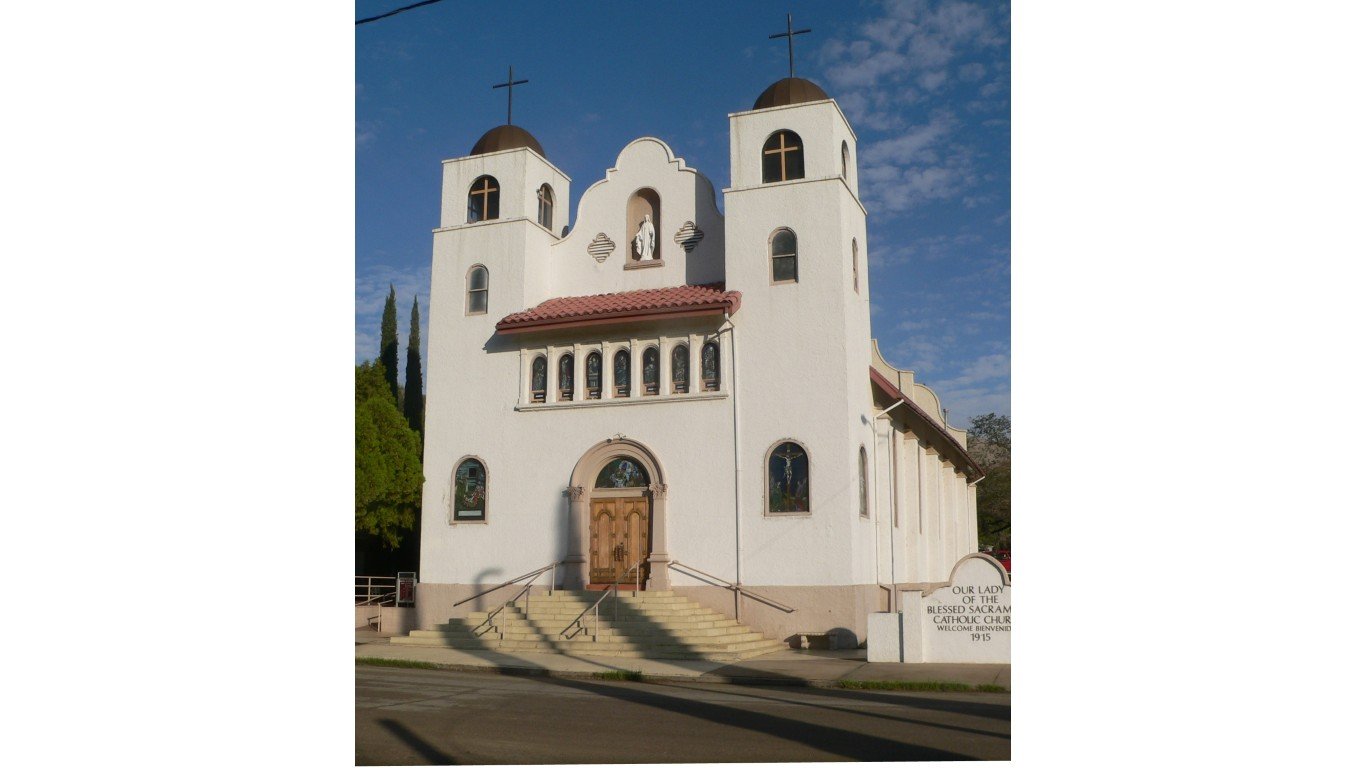
34. Miami Unified District Schools
> Location: Miami, Arizona
> Population: 1,919
> School’s toxic air hazard: 445,352
> School’s biggest toxic hazard: Arsenic compounds
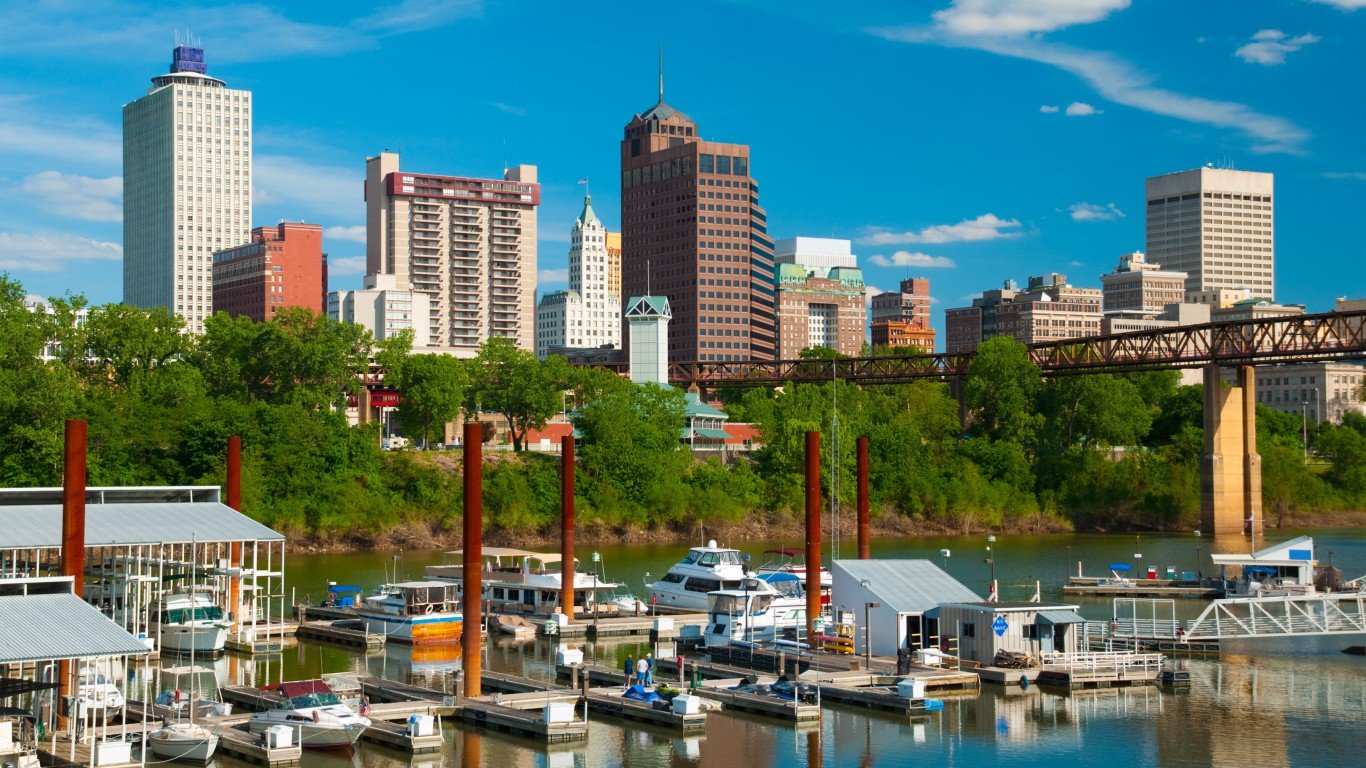
33. Evans Elementary School
> Location: Memphis, TN
> Population: 650,910
> School’s toxic air hazard: 463,549
> School’s biggest toxic hazard: Chromium
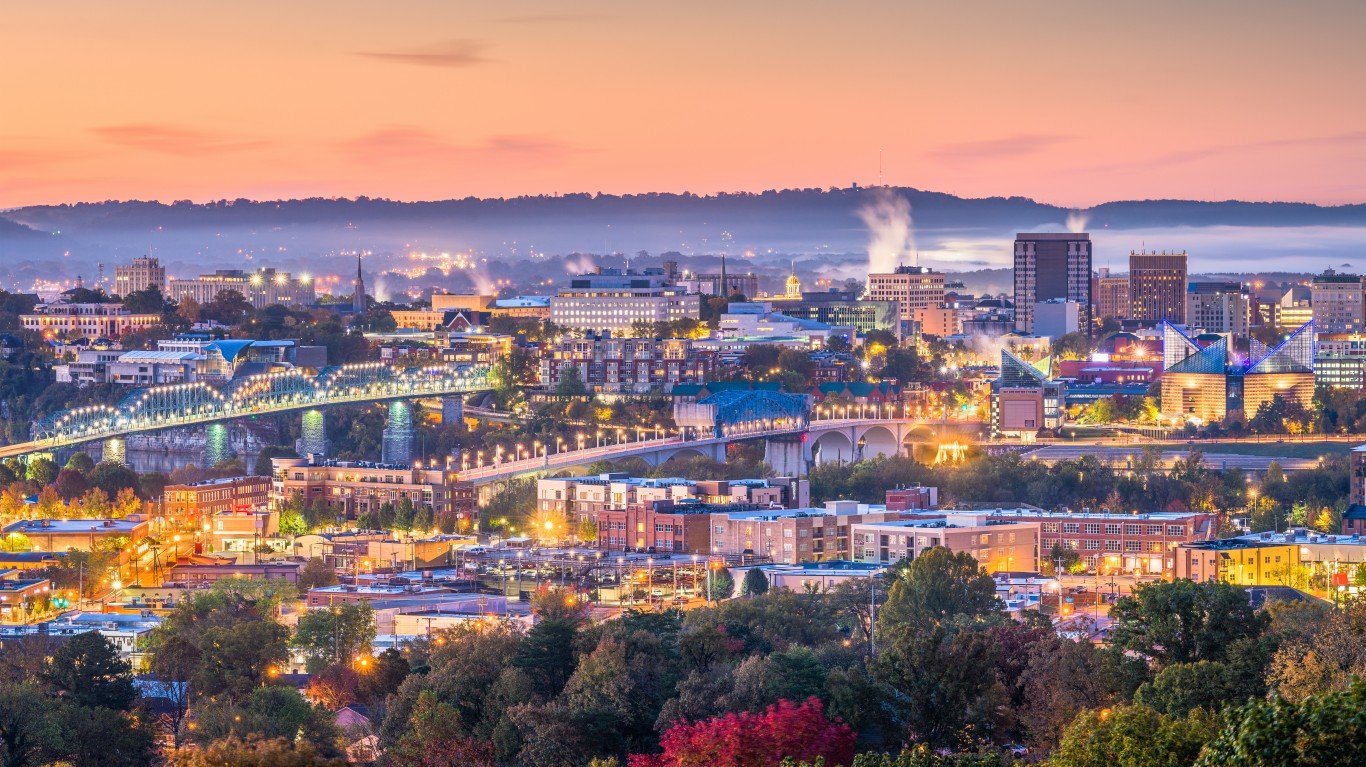
32. Wooddale High School
> Location: Memphis, TN
> Population: 650,910
> School’s toxic air hazard: 474,253
> School’s biggest toxic hazard: Chromium
[in-text-ad-2]
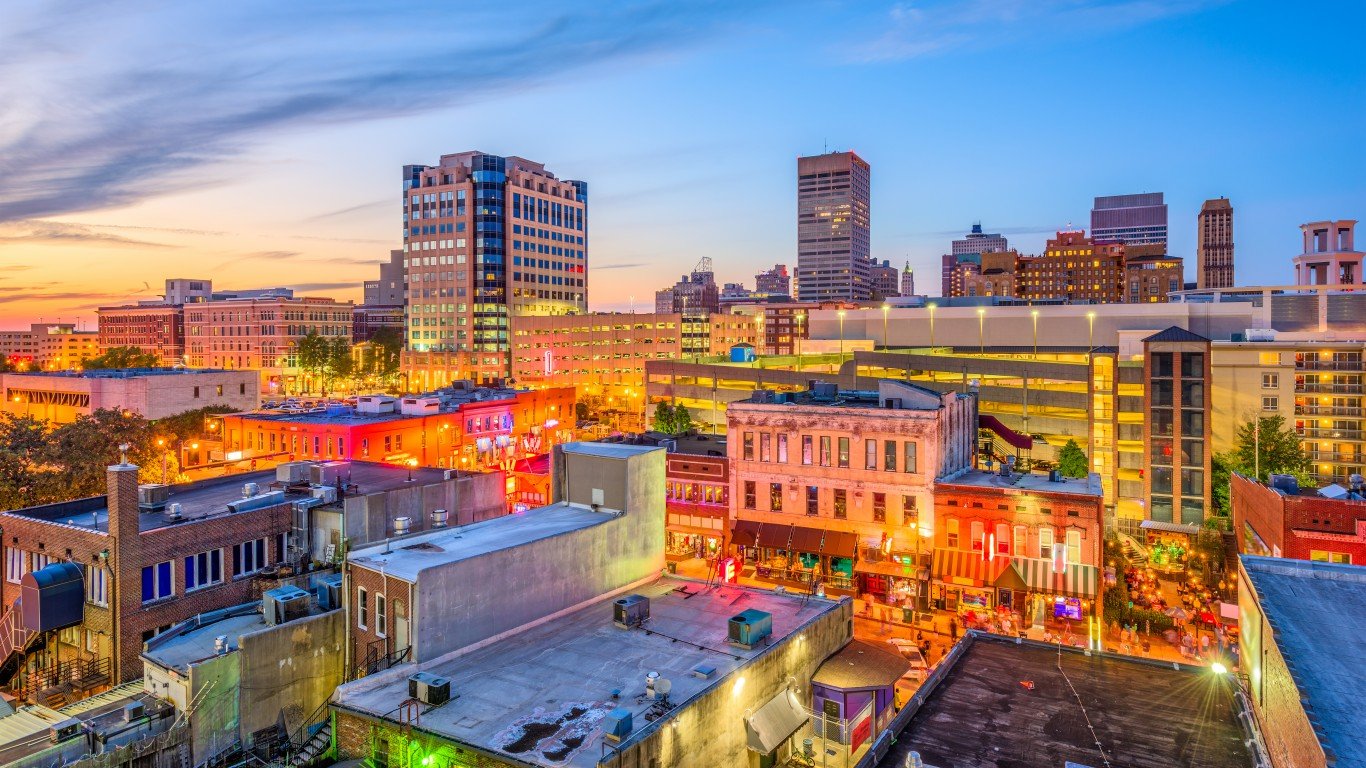
31. Knight Road Elementary School
> Location: Memphis, TN
> Population: 650,910
> School’s toxic air hazard: 481,607
> School’s biggest toxic hazard: Chromium
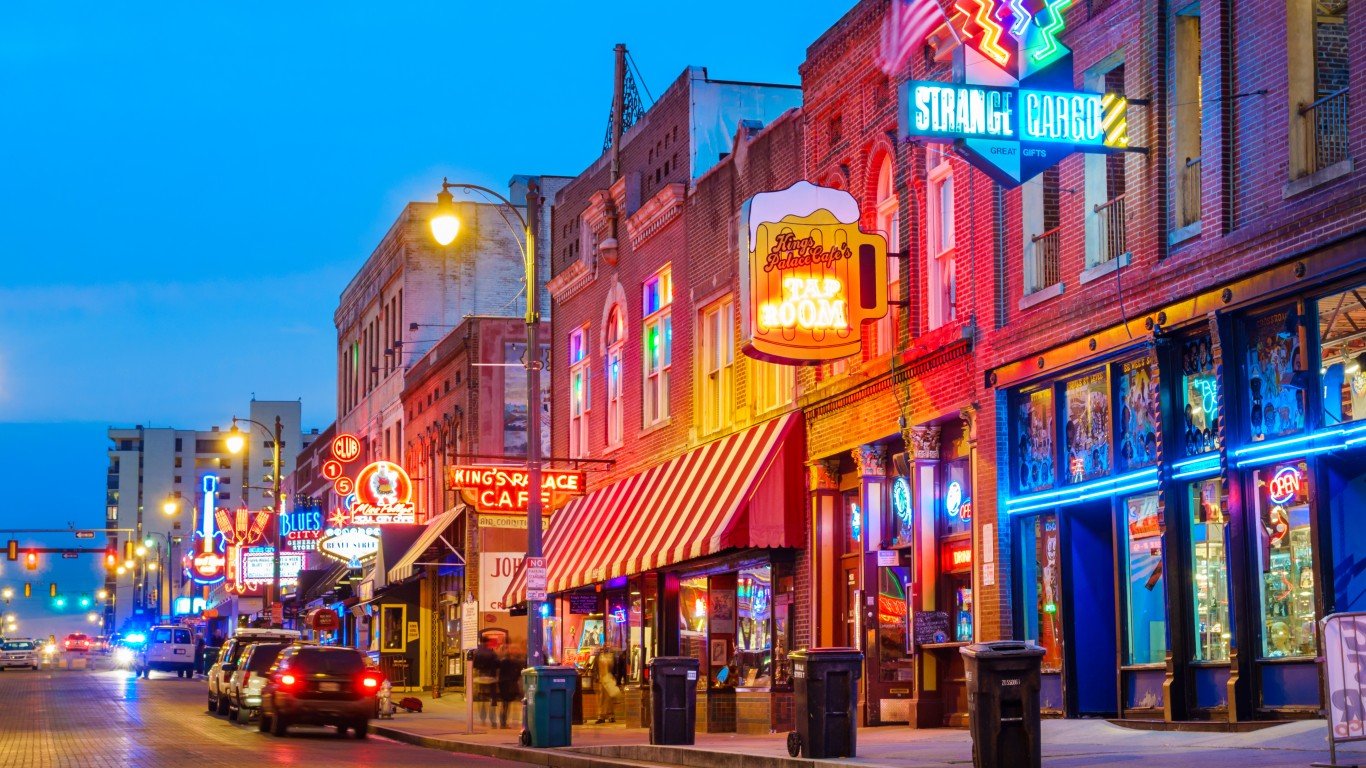
30. Wooddale Middle School
> Location: Memphis, TN
> Population: 650,910
> School’s toxic air hazard: 492,751
> School’s biggest toxic hazard: Chromium
[in-text-ad]
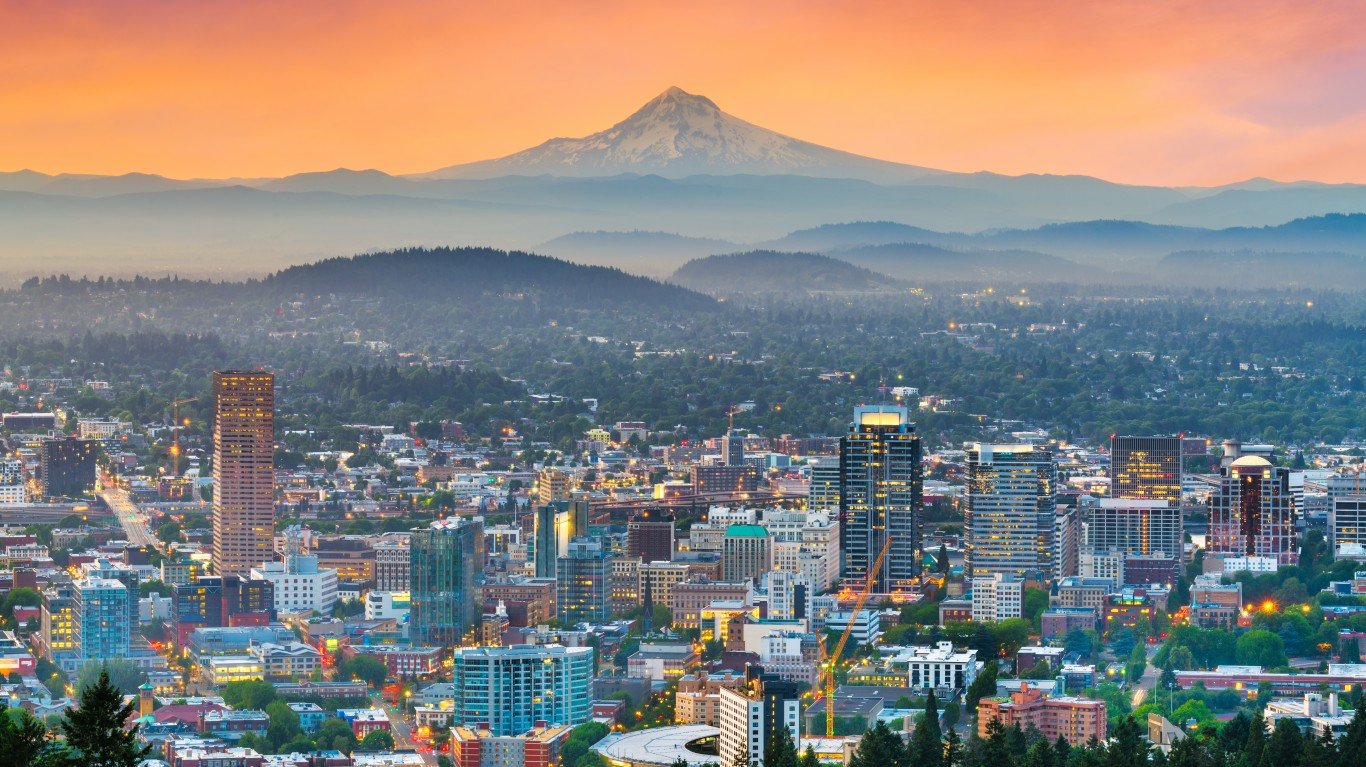
29. Hauton B. Lee Middle School
> Location: Portland, OR
> Population: 650,380
> School’s toxic air hazard: 493,891
> School’s biggest toxic hazard: Chromium compounds
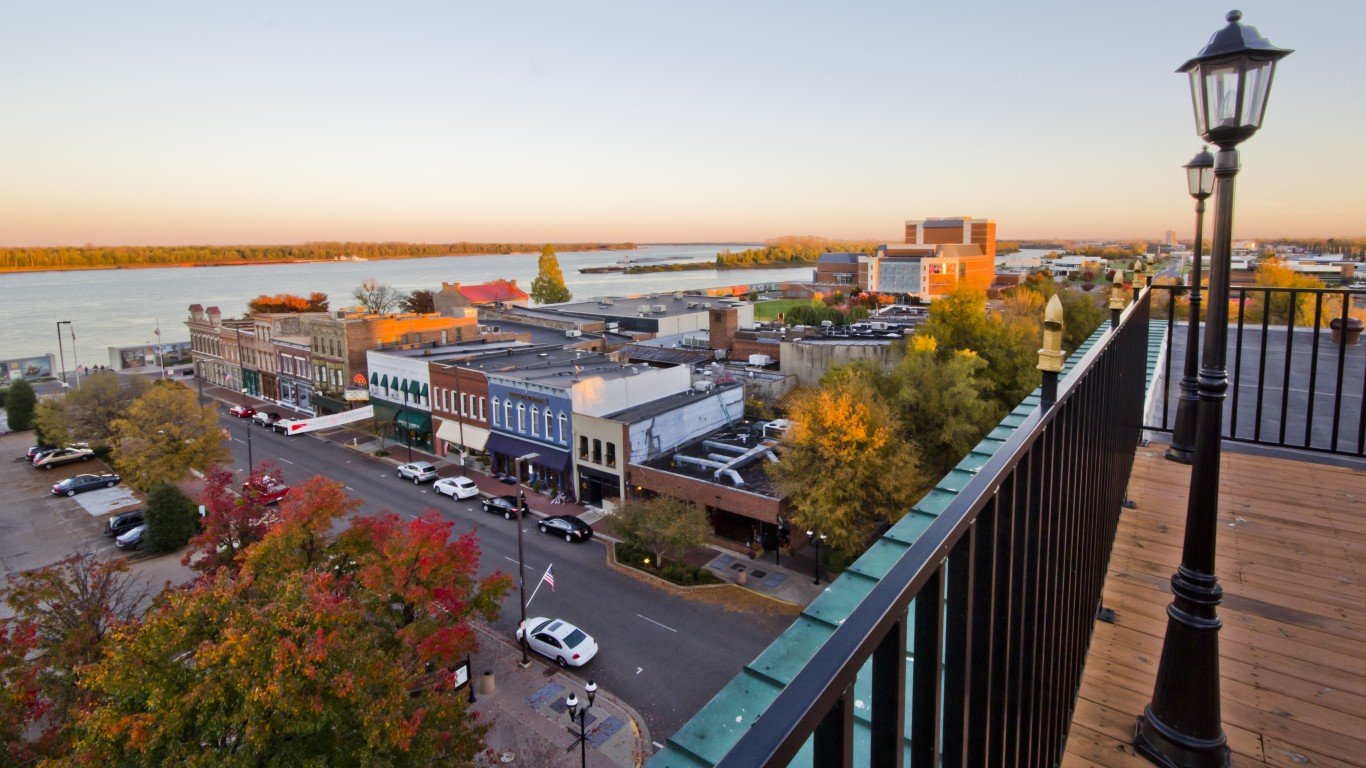
28. Paducah Head Start Preschool
> Location: Paducah, KY
> Population: 24,947
> School’s toxic air hazard: 494,388
> School’s biggest toxic hazard: Chromium
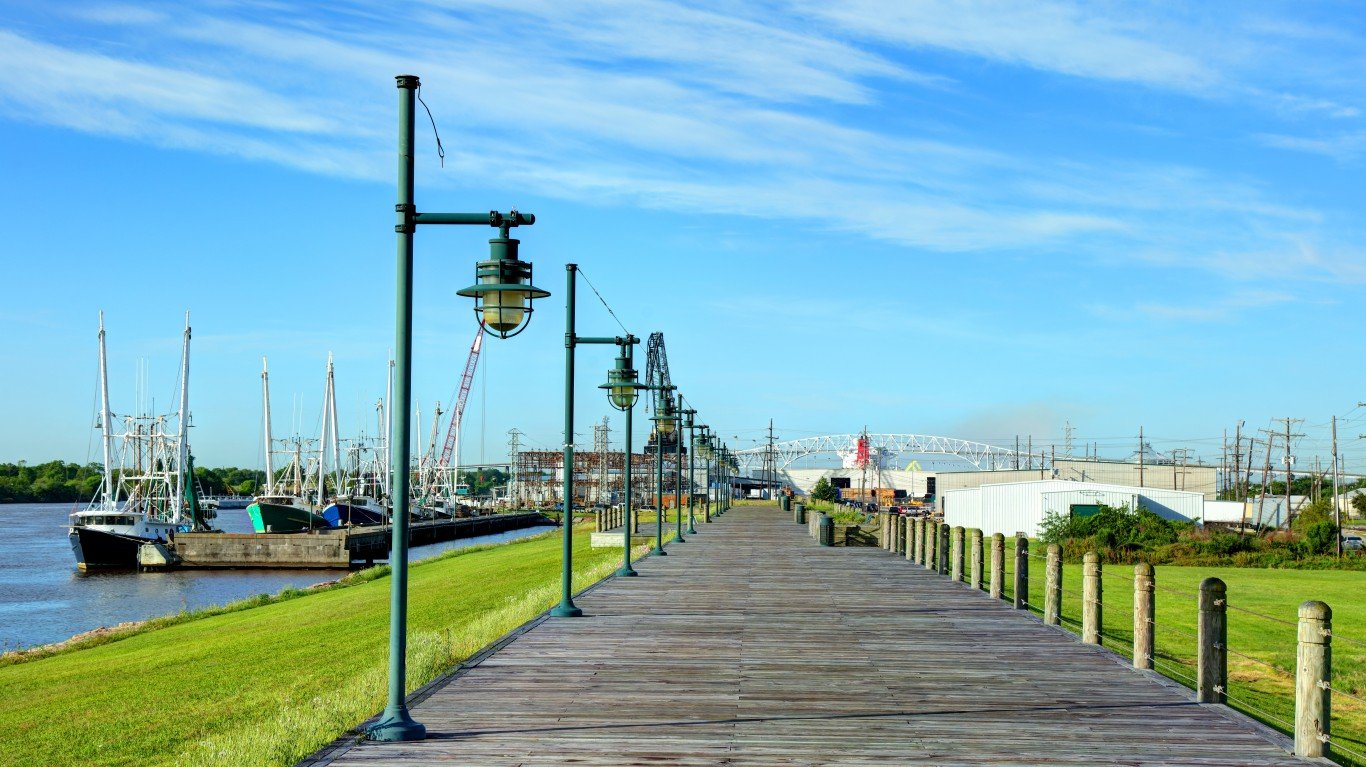
27. Port Neches-Groves High School
> Location: Port Neches, TX
> Population: 12,729
> School’s toxic air hazard: 515,876
> School’s biggest toxic hazard: Ethylene oxide
[in-text-ad-2]
26. Sallie Cone Preschool
> Location: Conway, AR
> Population: 66,776
> School’s toxic air hazard: 522,390
> School’s biggest toxic hazard: Chromium
25. Fairview Elementary School
> Location: Fairview, OR
> Population: 9,382
> School’s toxic air hazard: 524,336
> School’s biggest toxic hazard: Chromium compounds
[in-text-ad]
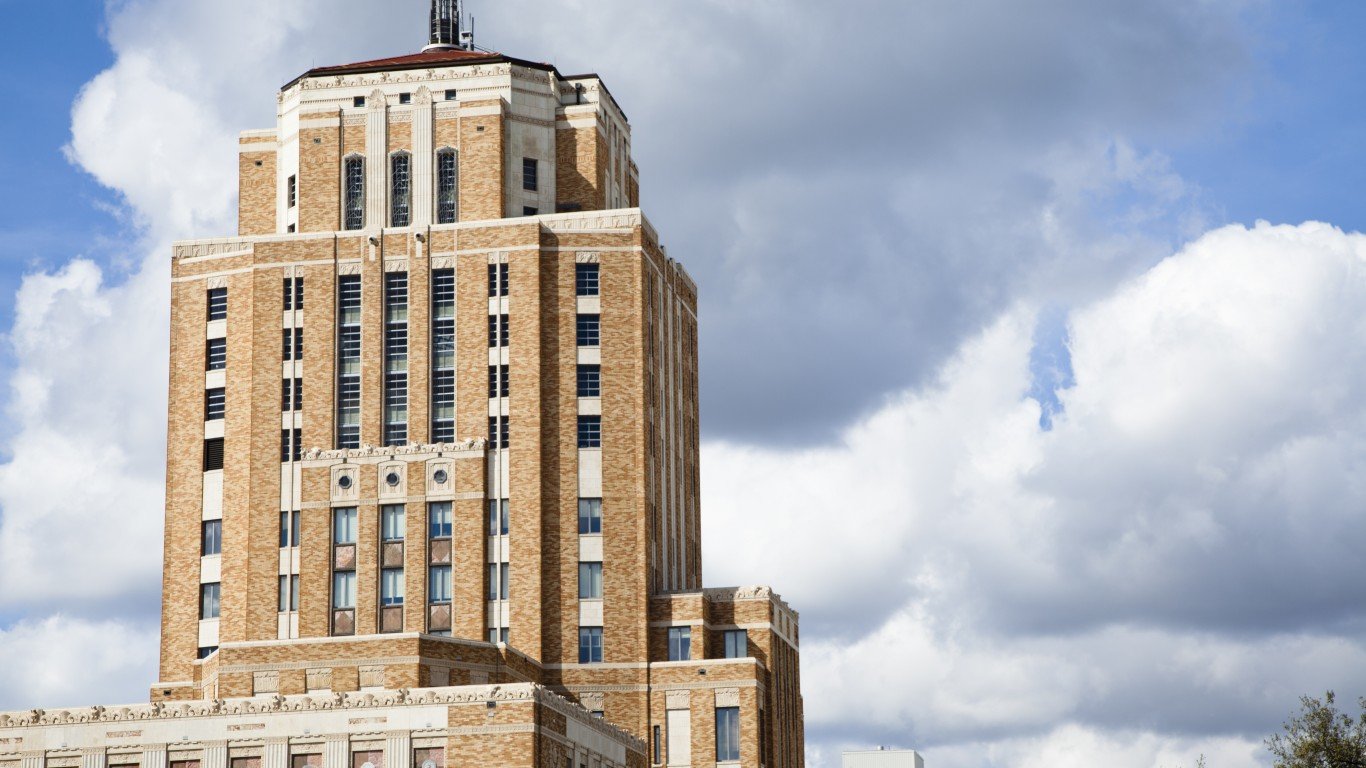
24. Groves Elementary School
> Location: Groves, TX
> Population: 15,531
> School’s toxic air hazard: 534,053
> School’s biggest toxic hazard: Ethylene oxide

23. George C. Weimer Elementary School
> Location: St. Albans, WV
> Population: 10,078
> School’s toxic air hazard: 542,358
> School’s biggest toxic hazard: Ethylene oxide
22. James H. Baker Sixth Grade Campus
> Location: La Porte, TX
> Population: 35,340
> School’s toxic air hazard: 546,615
> School’s biggest toxic hazard: Ethylene oxide
[in-text-ad-2]
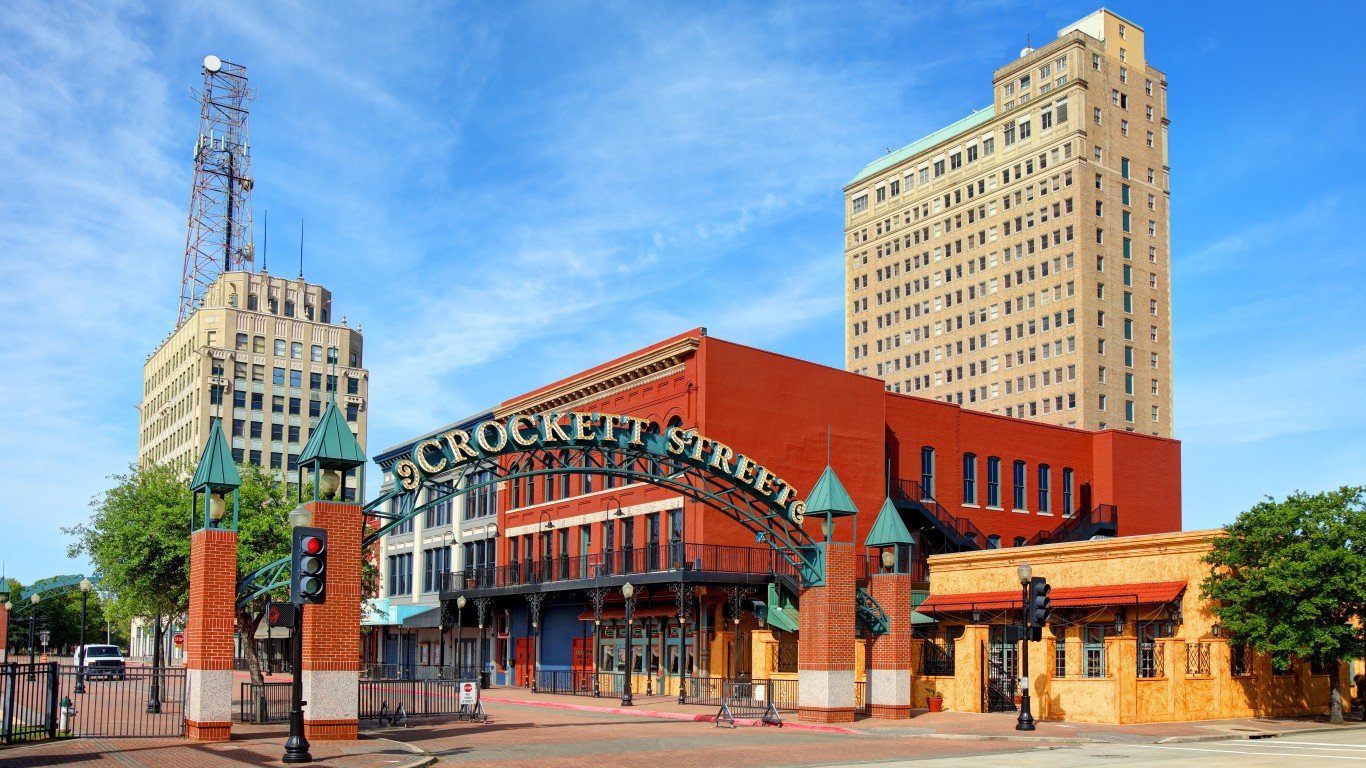
21. West Groves Early Learning Center
> Location: Groves, TX
> Population: 15,531
> School’s toxic air hazard: 552,461
> School’s biggest toxic hazard: Ethylene oxide
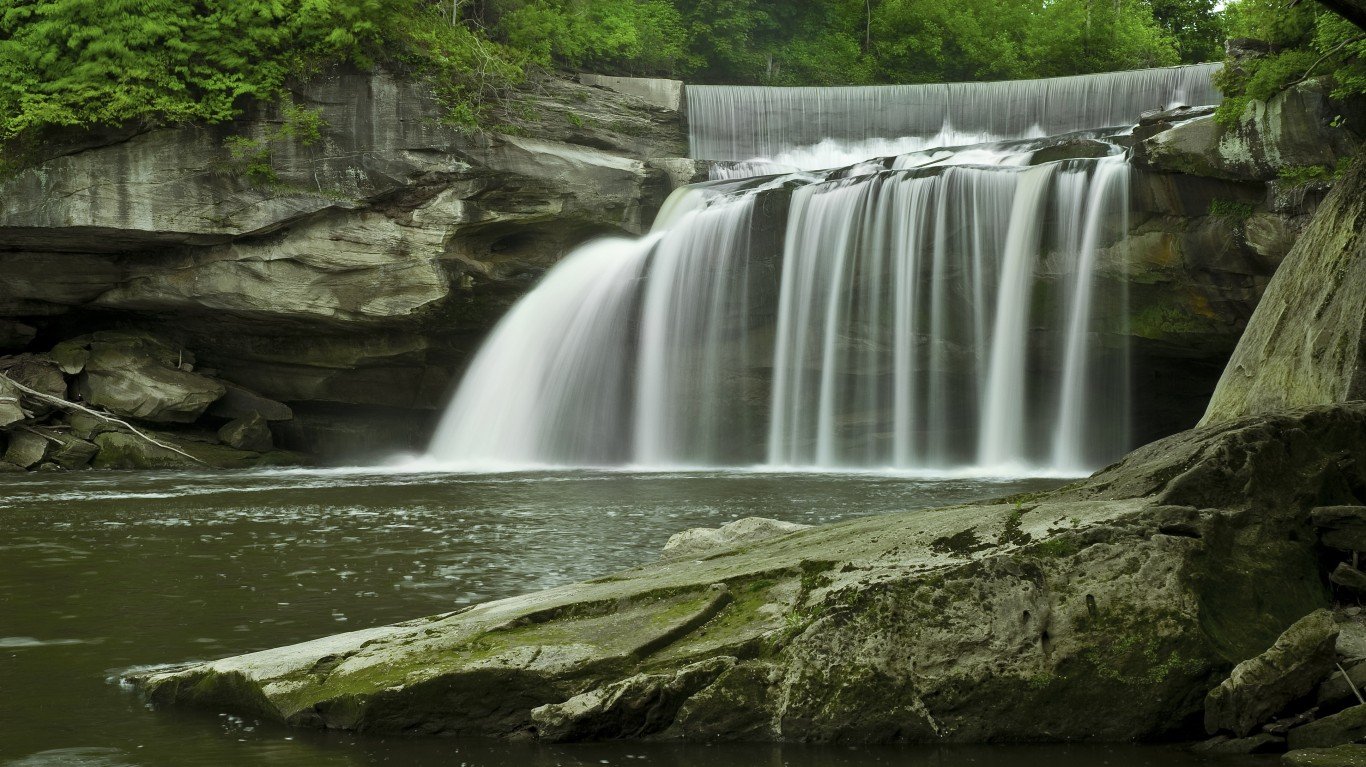
20. Ely Elementary School
> Location: Elyria, OH
> Population: 53,844
> School’s toxic air hazard: 557,857
> School’s biggest toxic hazard: Chromium compounds
[in-text-ad]

19. Leo A. Rizzuto Elementary
> Location: La Porte, TX
> Population: 35,340
> School’s toxic air hazard: 656,243
> School’s biggest toxic hazard: Ethylene oxide
18. Sandusky Middle School
> Location: Sandusky, OH
> Population: 24,651
> School’s toxic air hazard: 712,958
> School’s biggest toxic hazard: Chromium compounds
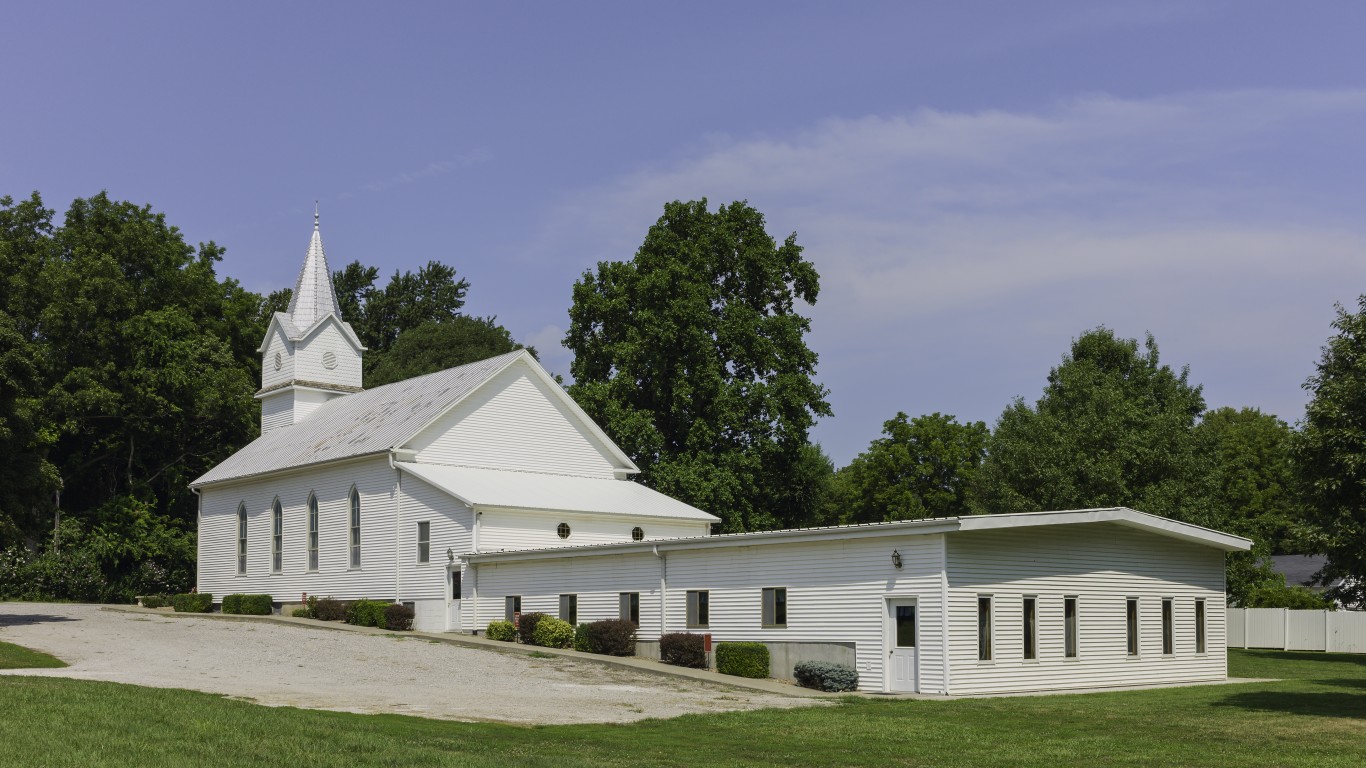
17. Alexander Elementary and Slater High Schools
> Location: Slater, MO
> Population: 2,103
> School’s toxic air hazard: 733,195
> School’s biggest toxic hazard: nickel
[in-text-ad-2]
16. Upper Perkiomen 4th and 5th Grade Center
> Location: East Greenville, PA
> Population: 2,945
> School’s toxic air hazard: 734,298
> School’s biggest toxic hazard: Chromium compounds
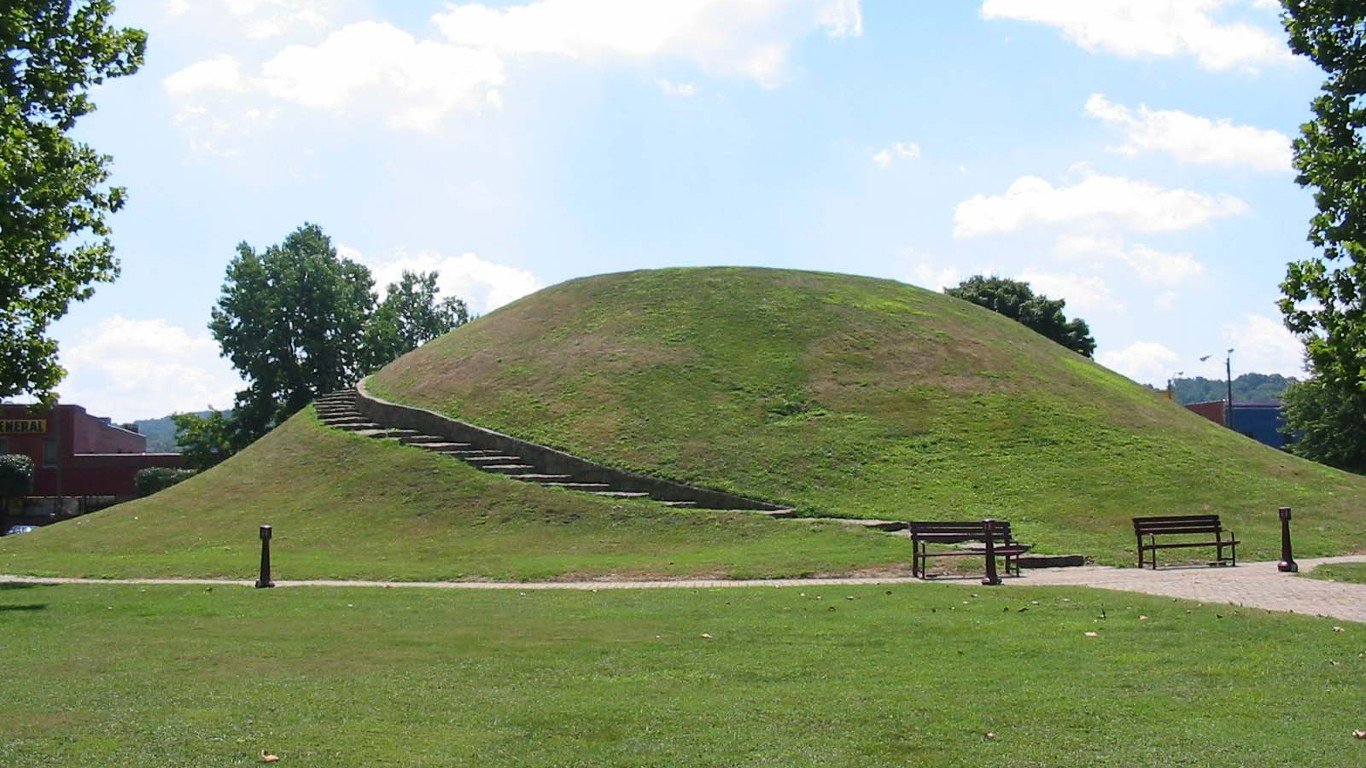
15. South Charleston Middle School
> Location: South Charleston, WV
> Population: 12,461
> School’s toxic air hazard: 779,593
> School’s biggest toxic hazard: Ethylene oxide
[in-text-ad]
14. Jennie Reid Elementary School
> Location: La Porte, TX
> Population: 35,340
> School’s toxic air hazard: 787,173
> School’s biggest toxic hazard: Ethylene oxide
13. John H. Kirby Elementary School
> Location: Silsbee, TX
> Population: 6,642
> School’s toxic air hazard: 846,006
> School’s biggest toxic hazard: Chromium

12. Madisonville Junior High School
> Location: Madisonville, LA
> Population: 1,263
> School’s toxic air hazard: 946,384
> School’s biggest toxic hazard: Chromium
[in-text-ad-2]
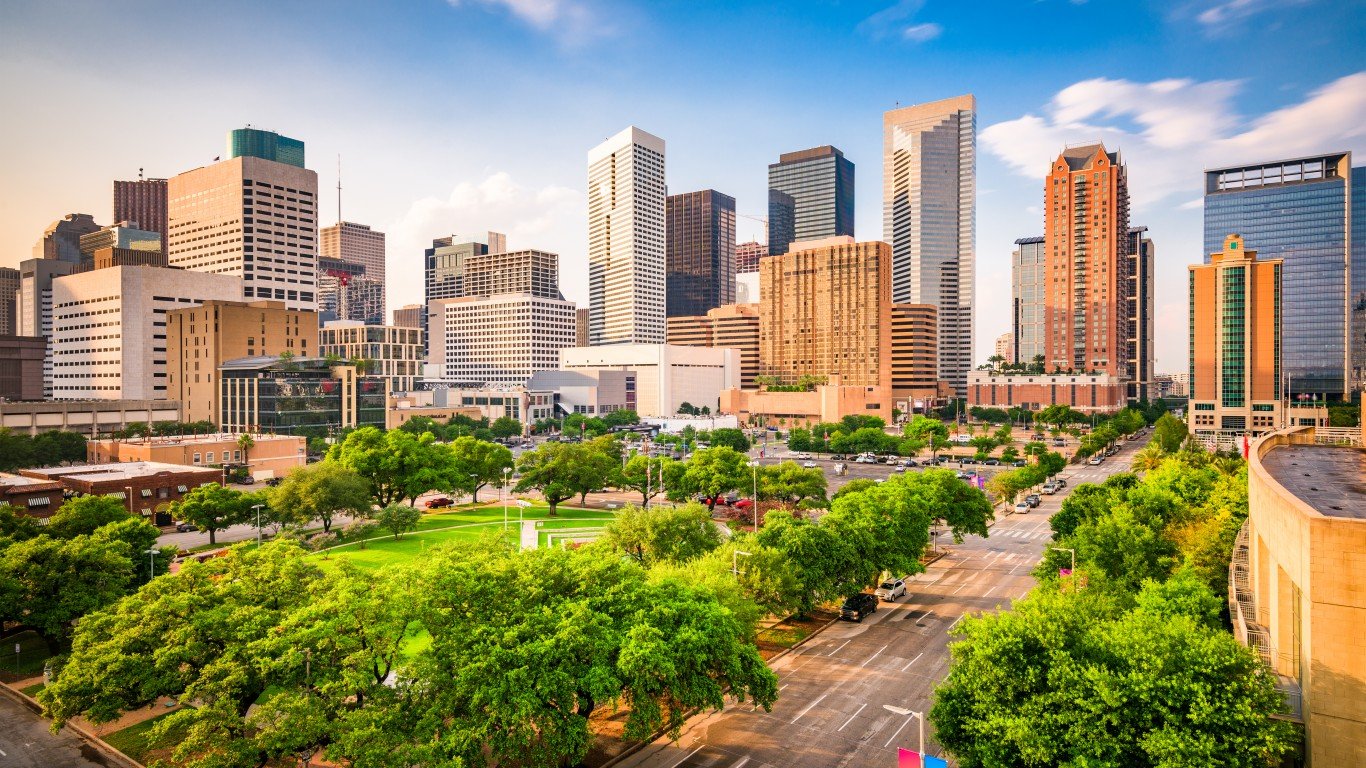
11. Lee Elementary School
> Location: Houston, TX
> Population: 2,313,238
> School’s toxic air hazard: 955,062
> School’s biggest toxic hazard: Chromium
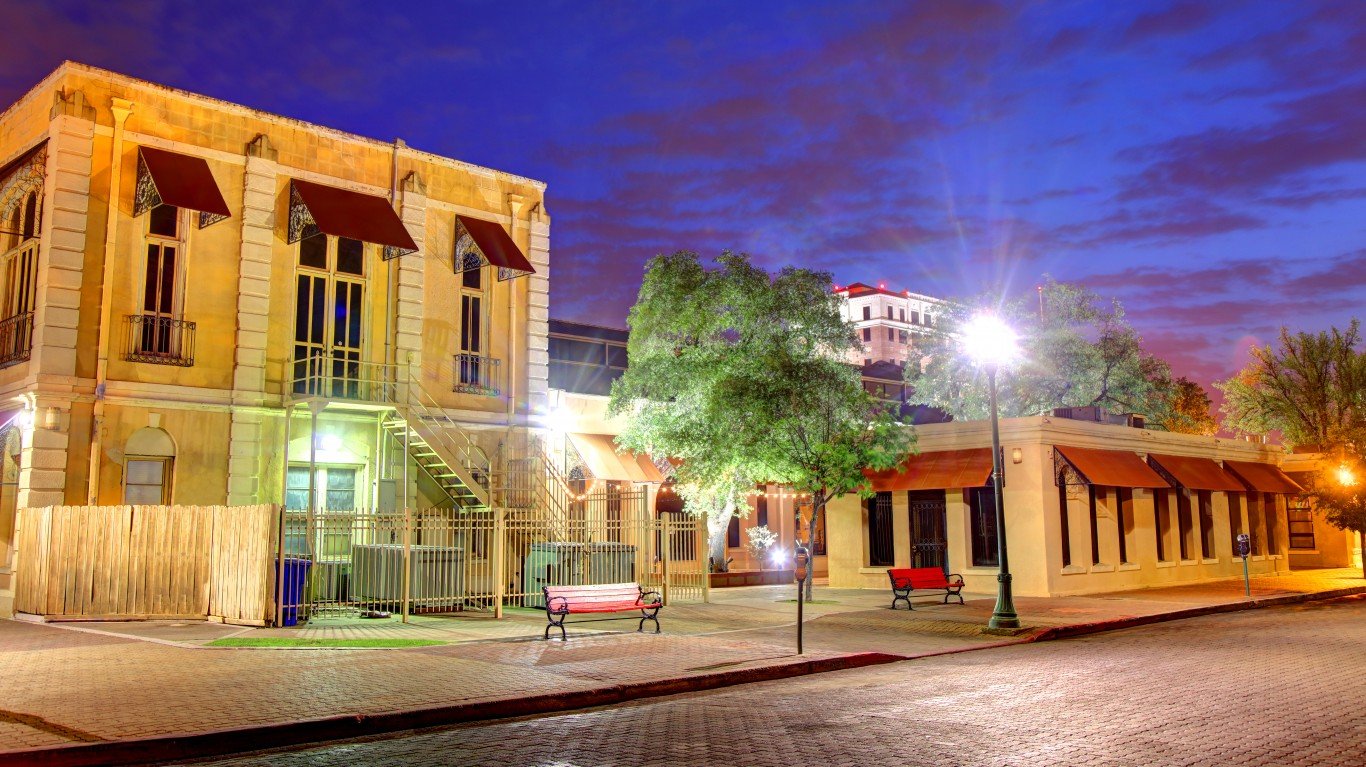
10. Julia Bird Jones Muller Elementary School
> Location: Laredo, TX
> Population: 260,571
> School’s toxic air hazard: 1,028,692
> School’s biggest toxic hazard: Ethylene oxide
[in-text-ad]
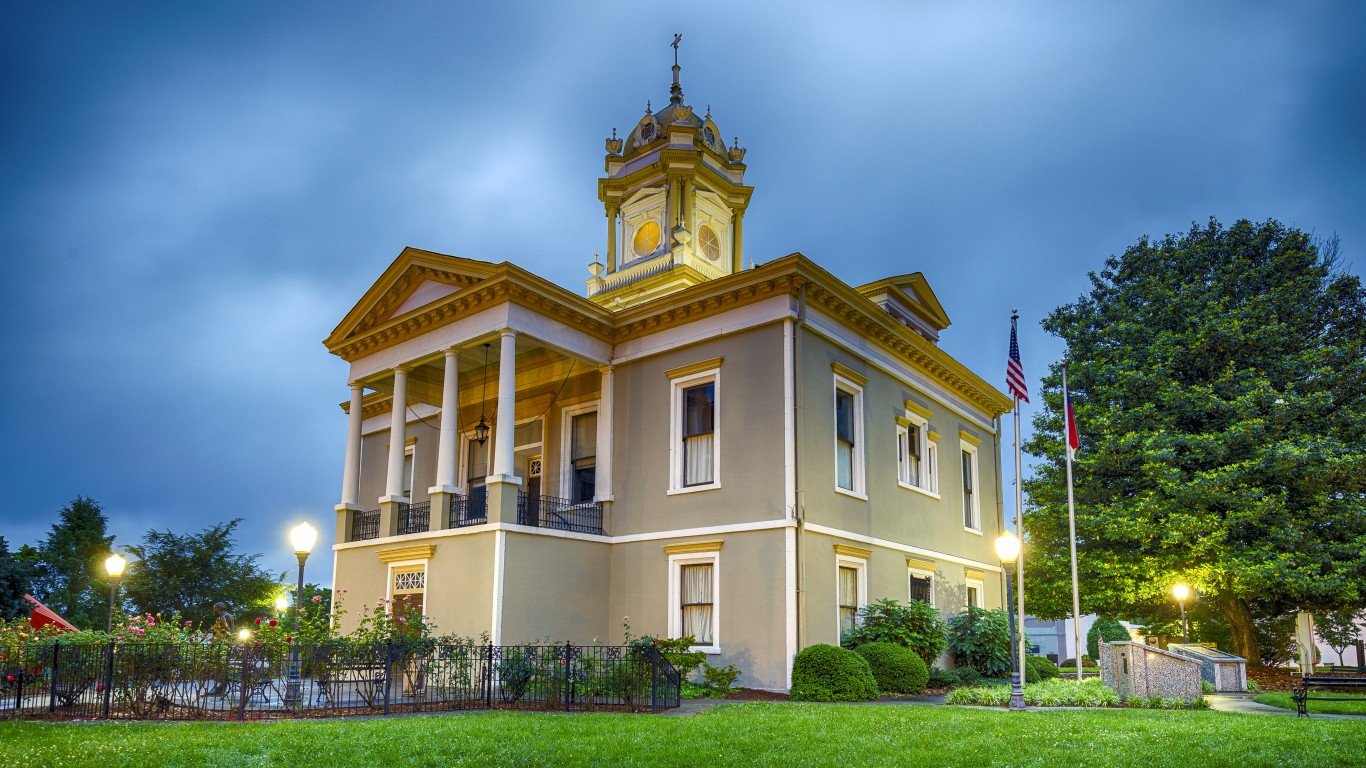
9. Freedom High School
> Location: Morganton, NC
> Population: 16,517
> School’s toxic air hazard: 1,072,440
> School’s biggest toxic hazard: Polycyclic aromatic compounds

8. Warren East Middle and High Schools
> Location: Bowling Green, KY
> Population: 71,628
> School’s toxic air hazard: 1,076,027
> School’s biggest toxic hazard: Chromium

7. Wilkes Elementary School
> Location: Portland, OR
> Population: 650,380
> School’s toxic air hazard: 1,183,849
> School’s biggest toxic hazard: Chromium compounds
[in-text-ad-2]
6. Fifth Ward Elementary School
> Location: Reserve, LA
> Population: 8,506
> School’s toxic air hazard: 1,213,815
> School’s biggest toxic hazard: Chloroprene
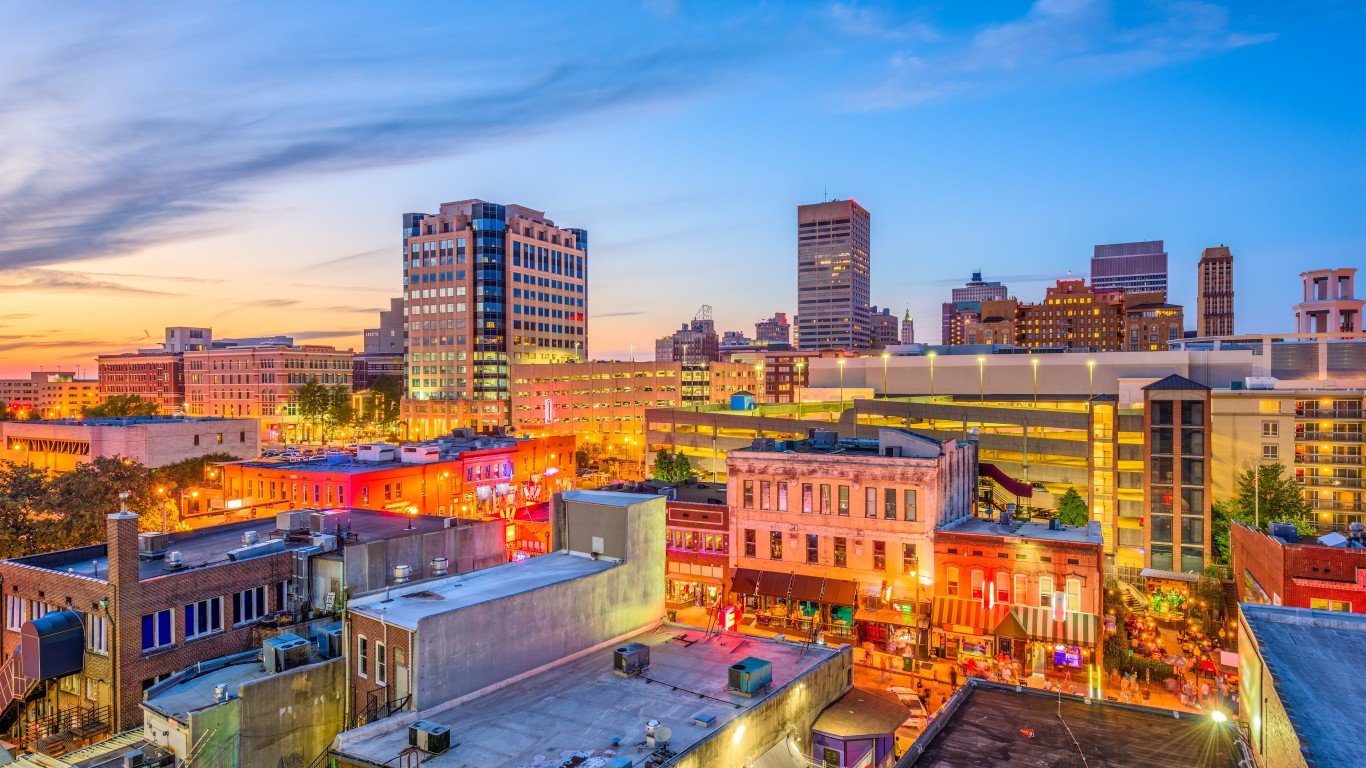
5. Memphis School of Excellence
> Location: Memphis, TN
> Population: 650,910
> School’s toxic air hazard: 1,242,657
> School’s biggest toxic hazard: Chromium
[in-text-ad]
4. Groves Middle School
> Location: Groves, TX
> Population: 15,531
> School’s toxic air hazard: 1,549,751
> School’s biggest toxic hazard: Ethylene oxide

3. Van Buren Elementary School
> Location: Groves, TX
> Population: 15,531
> School’s toxic air hazard: 1,549,751
> School’s biggest toxic hazard: Ethylene oxide

2. Cromwell Elementary School
> Location: Memphis, TN
> Population: 650,910
> School’s toxic air hazard: 1,637,292
> School’s biggest toxic hazard: Chromium
[in-text-ad-2]
1. Verona Elementary and High Schools
> Location: Verona, MO
> Population: 691
> School’s toxic air hazard: 2,998,404
> School’s biggest toxic hazard: Ethylene oxide
Take This Retirement Quiz To Get Matched With An Advisor Now (Sponsored)
Are you ready for retirement? Planning for retirement can be overwhelming, that’s why it could be a good idea to speak to a fiduciary financial advisor about your goals today.
Start by taking this retirement quiz right here from SmartAsset that will match you with up to 3 financial advisors that serve your area and beyond in 5 minutes. Smart Asset is now matching over 50,000 people a month.
Click here now to get started.
Thank you for reading! Have some feedback for us?
Contact the 24/7 Wall St. editorial team.
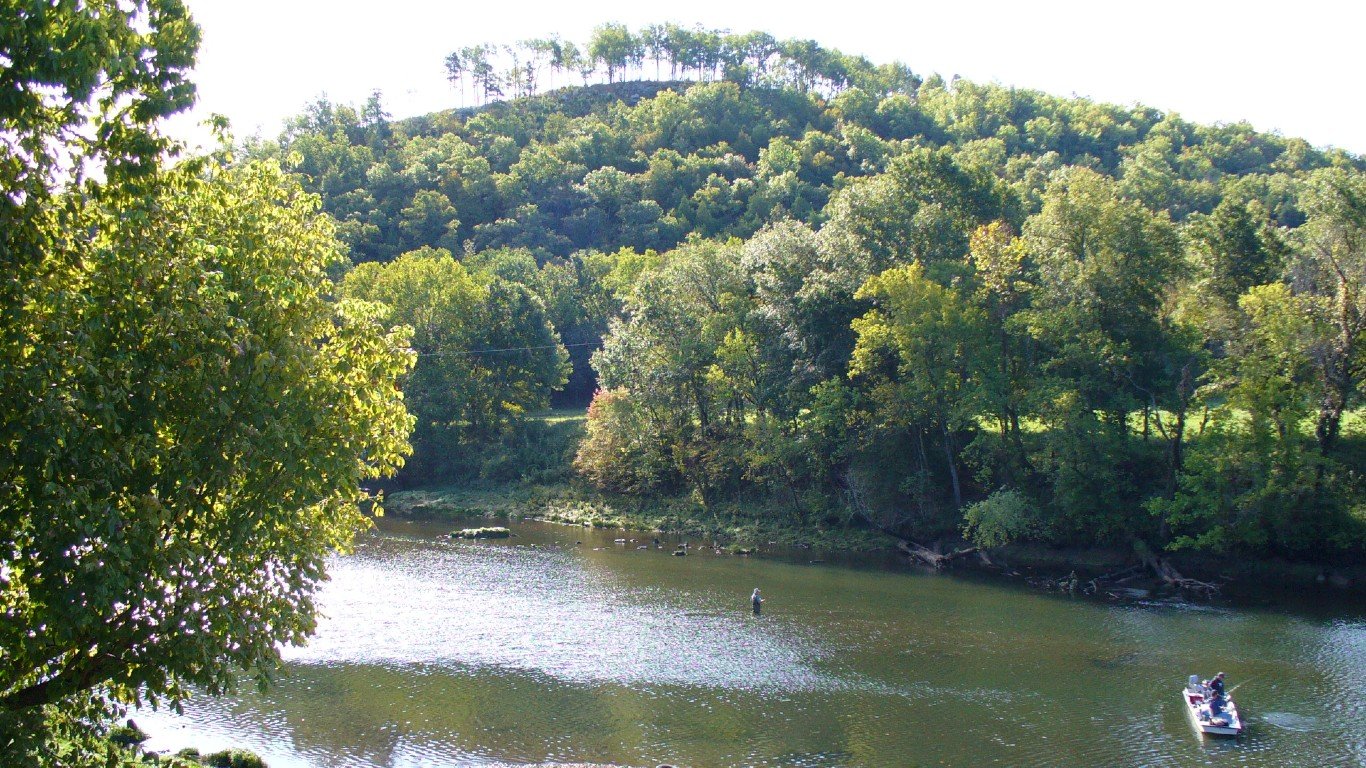
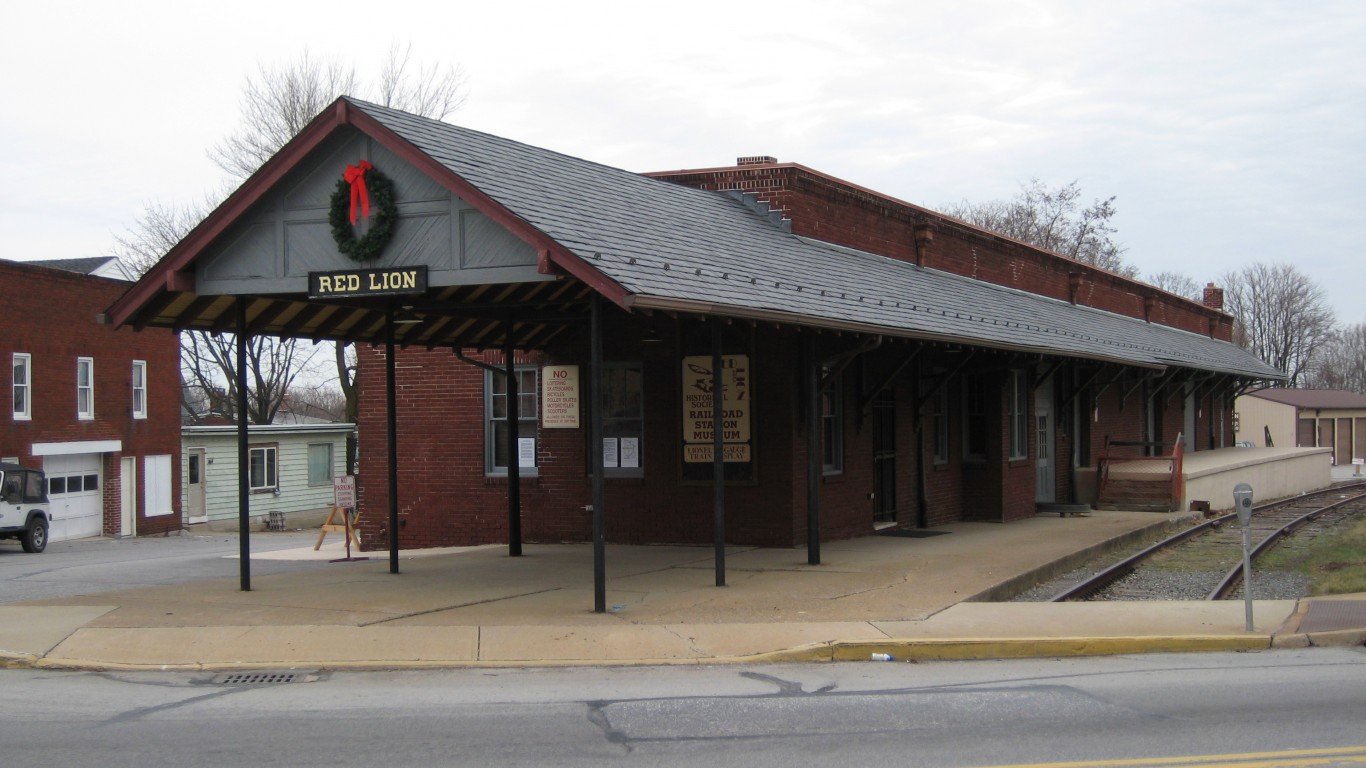
 24/7 Wall St.
24/7 Wall St.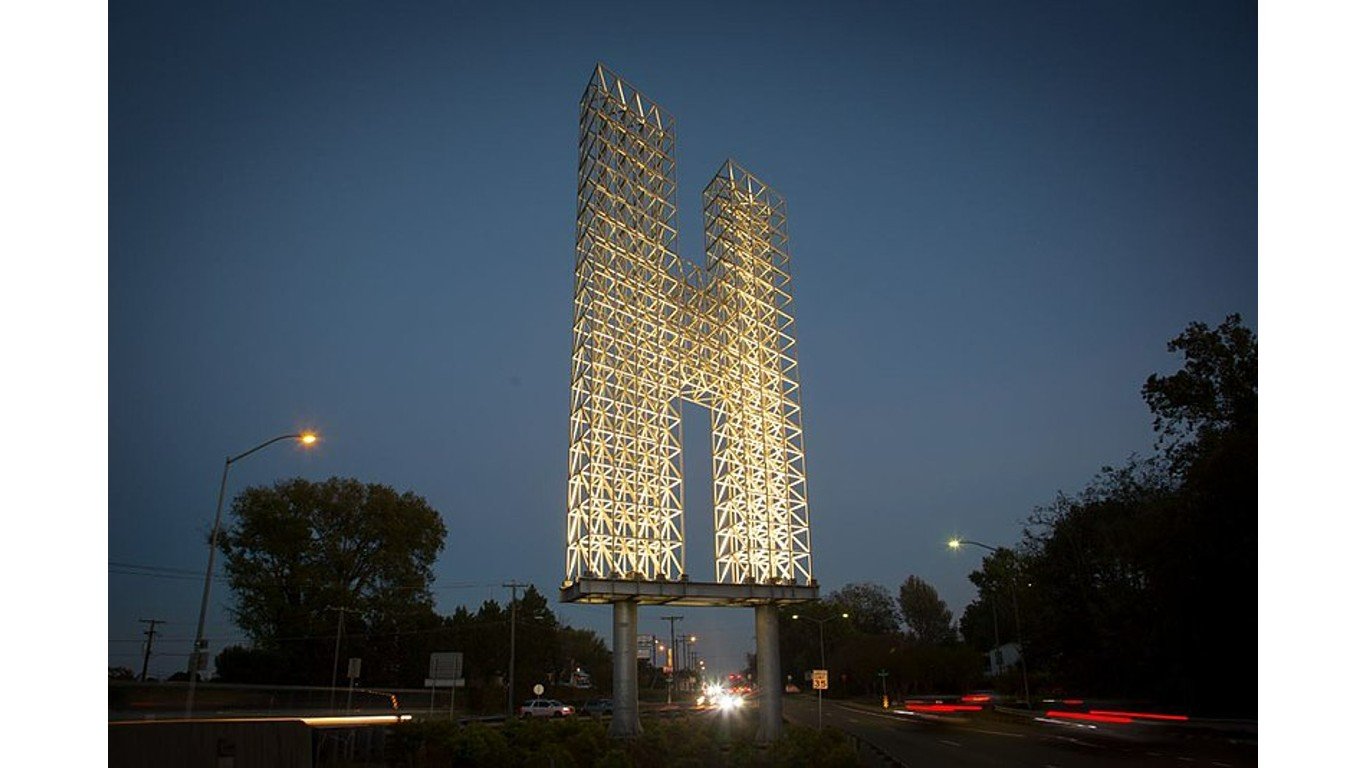

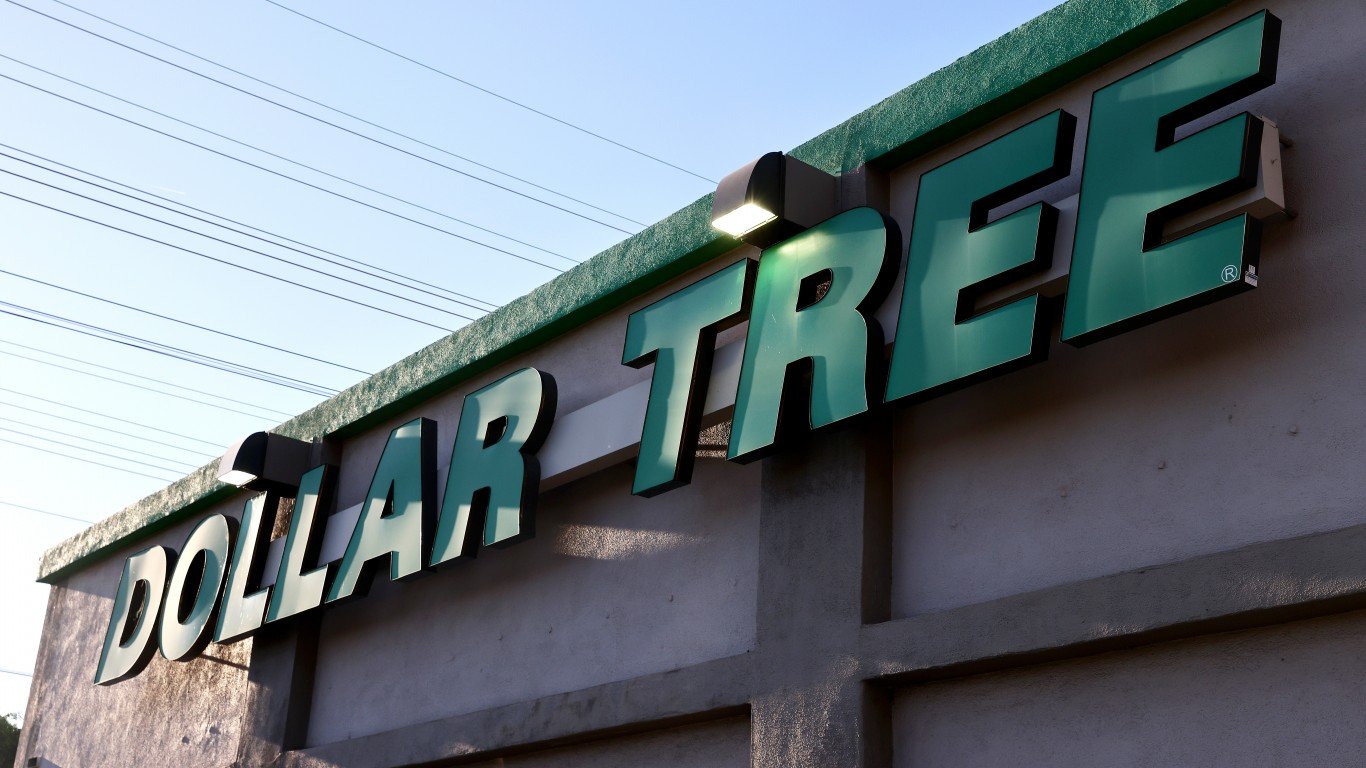 24/7 Wall St.
24/7 Wall St.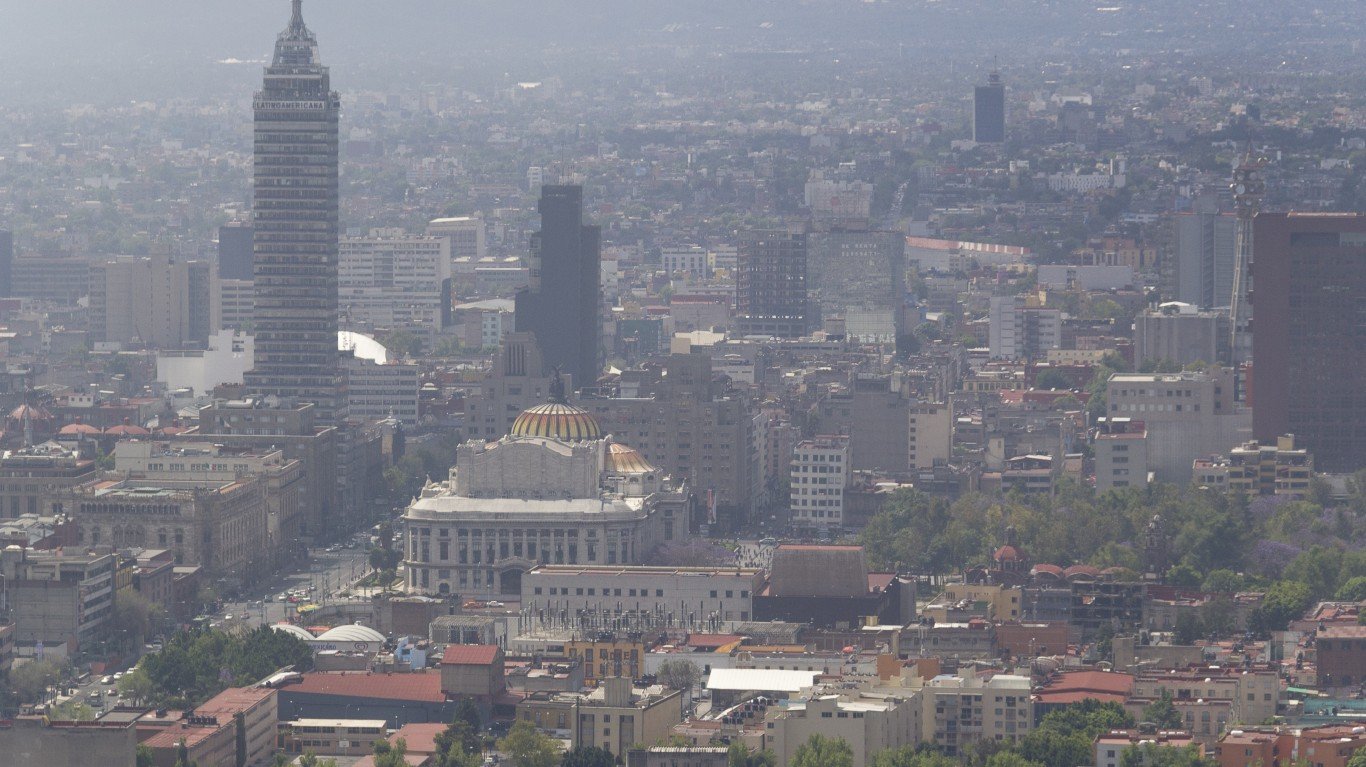 24/7 Wall St.
24/7 Wall St.
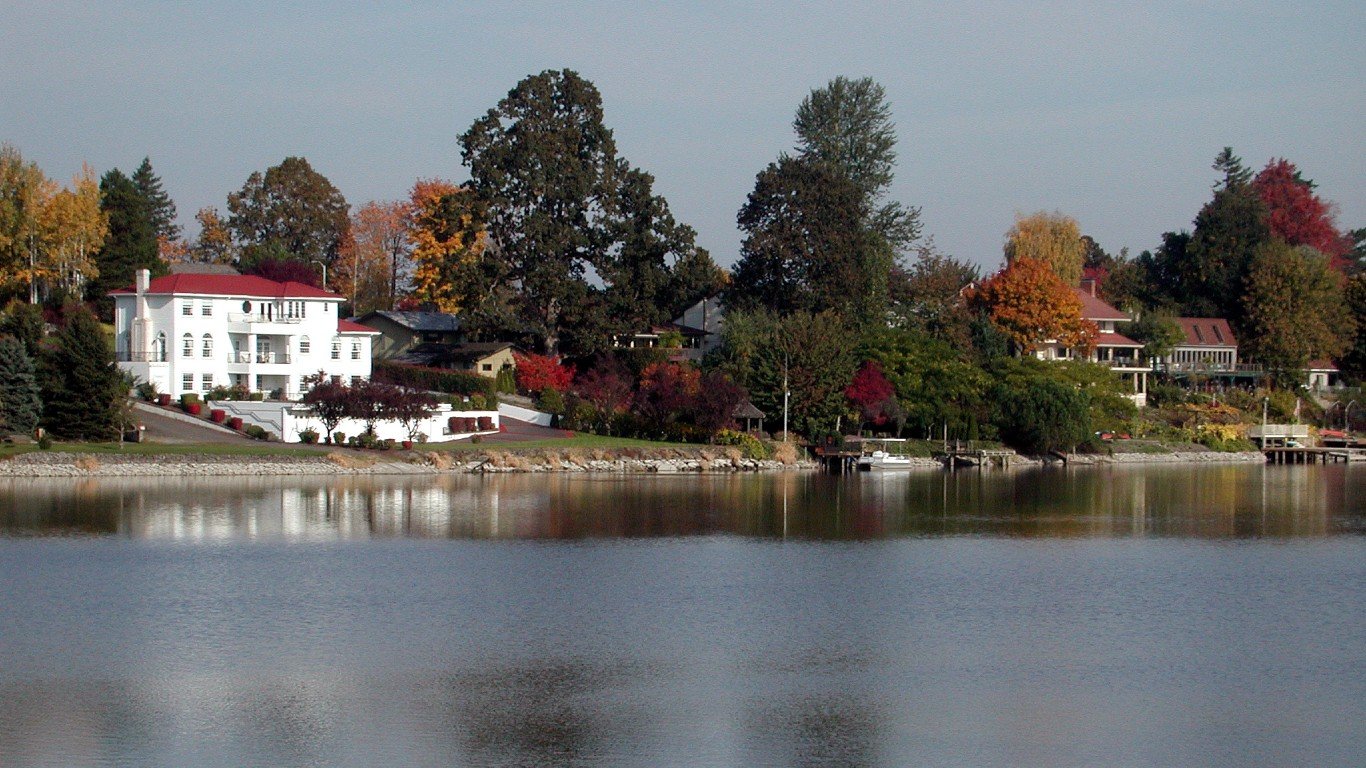
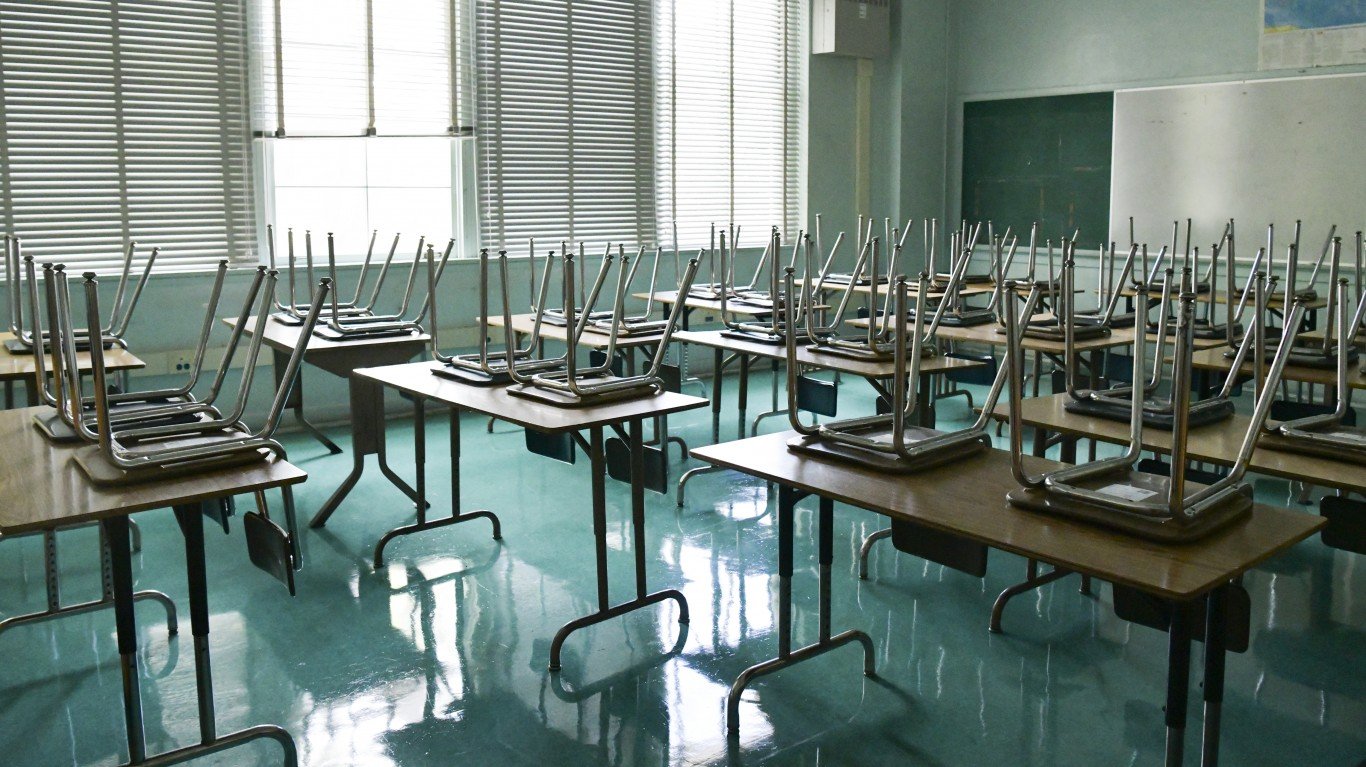 24/7 Wall St.
24/7 Wall St.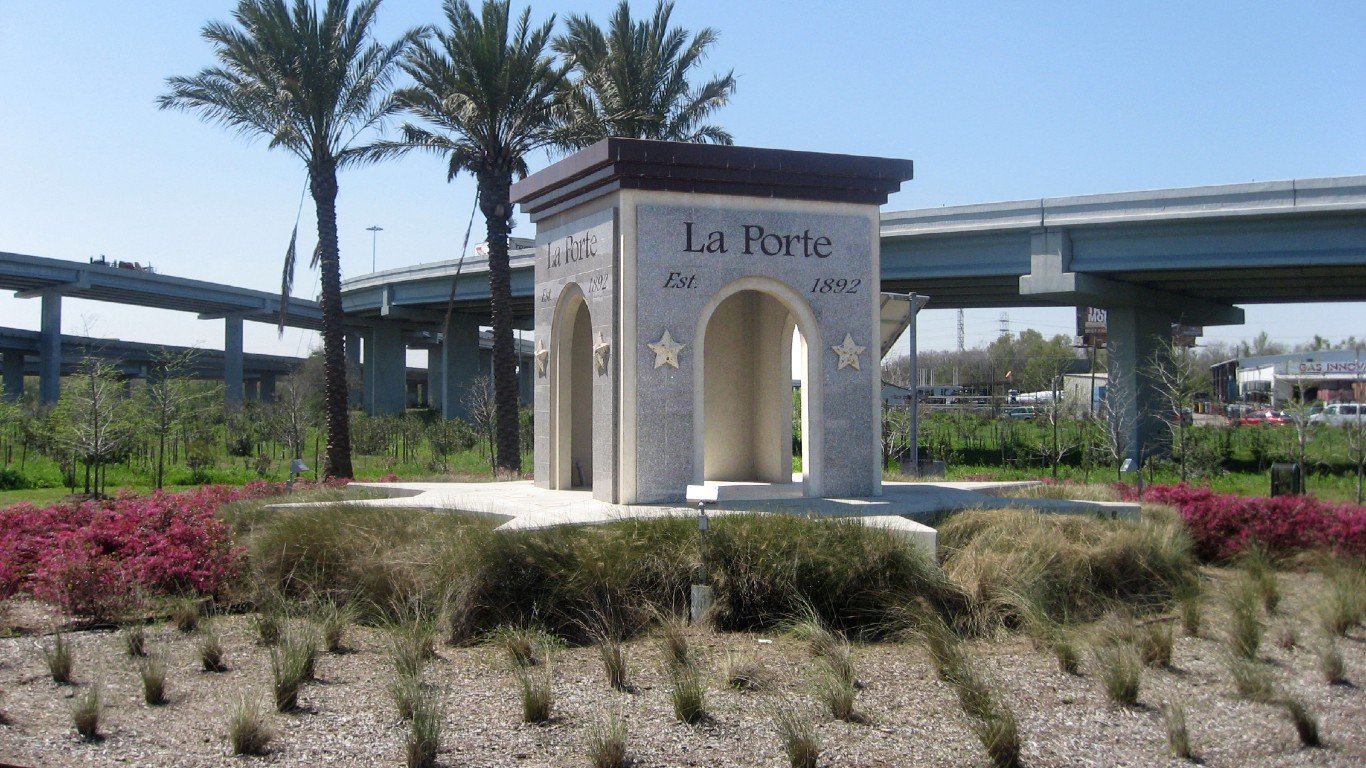
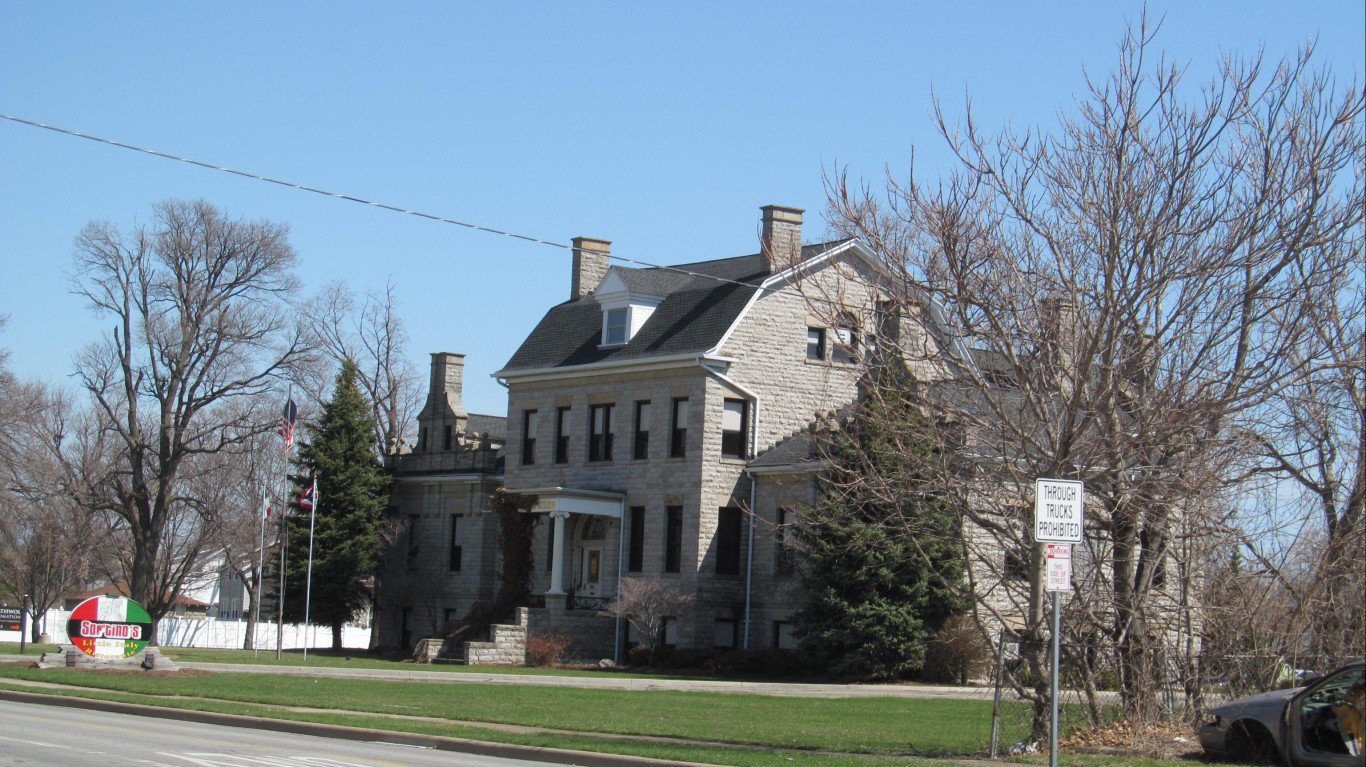
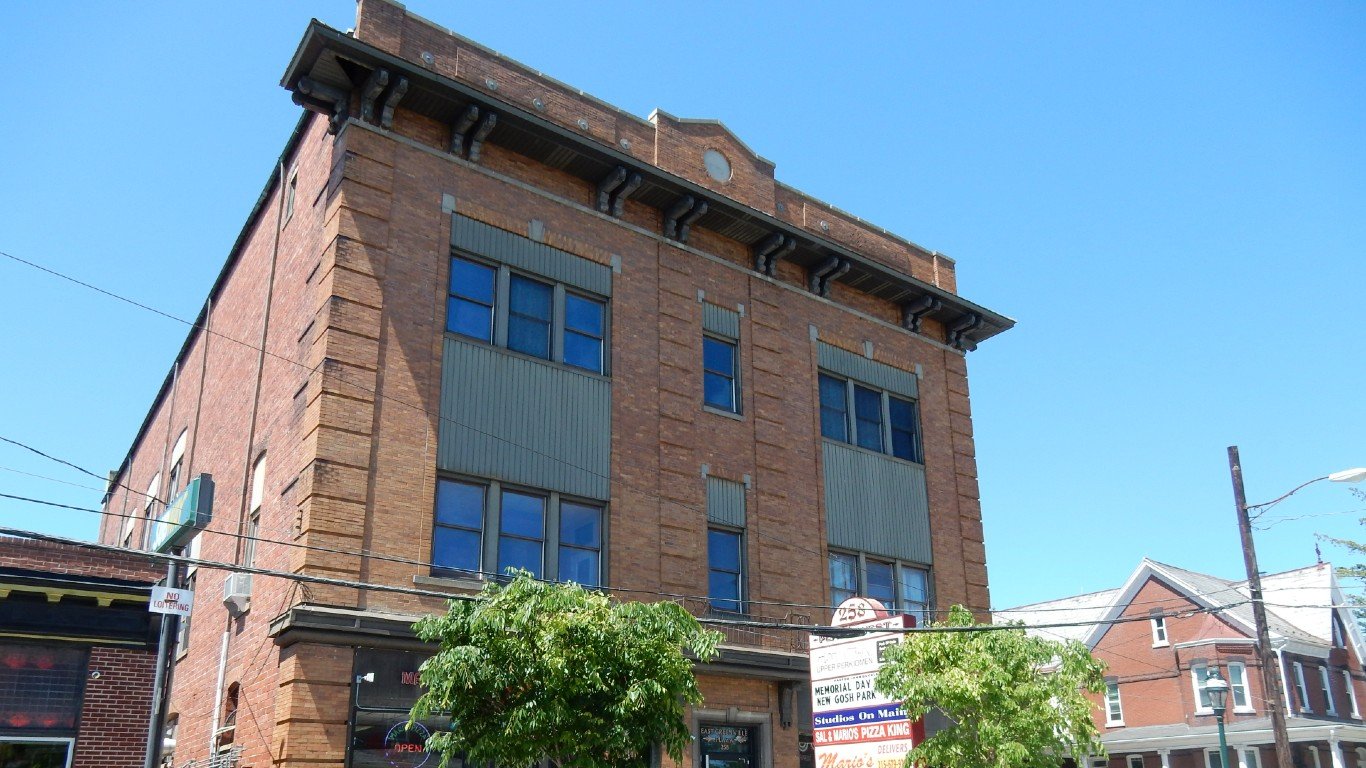
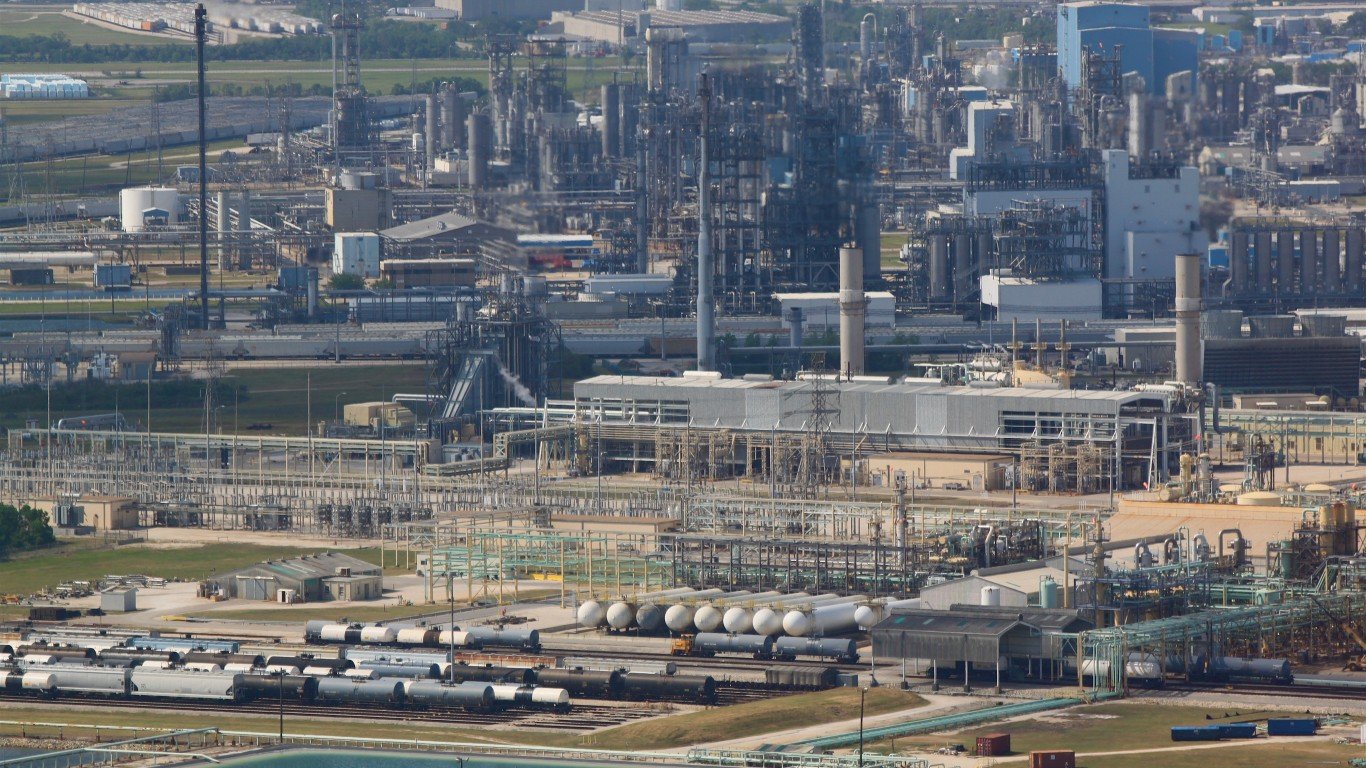
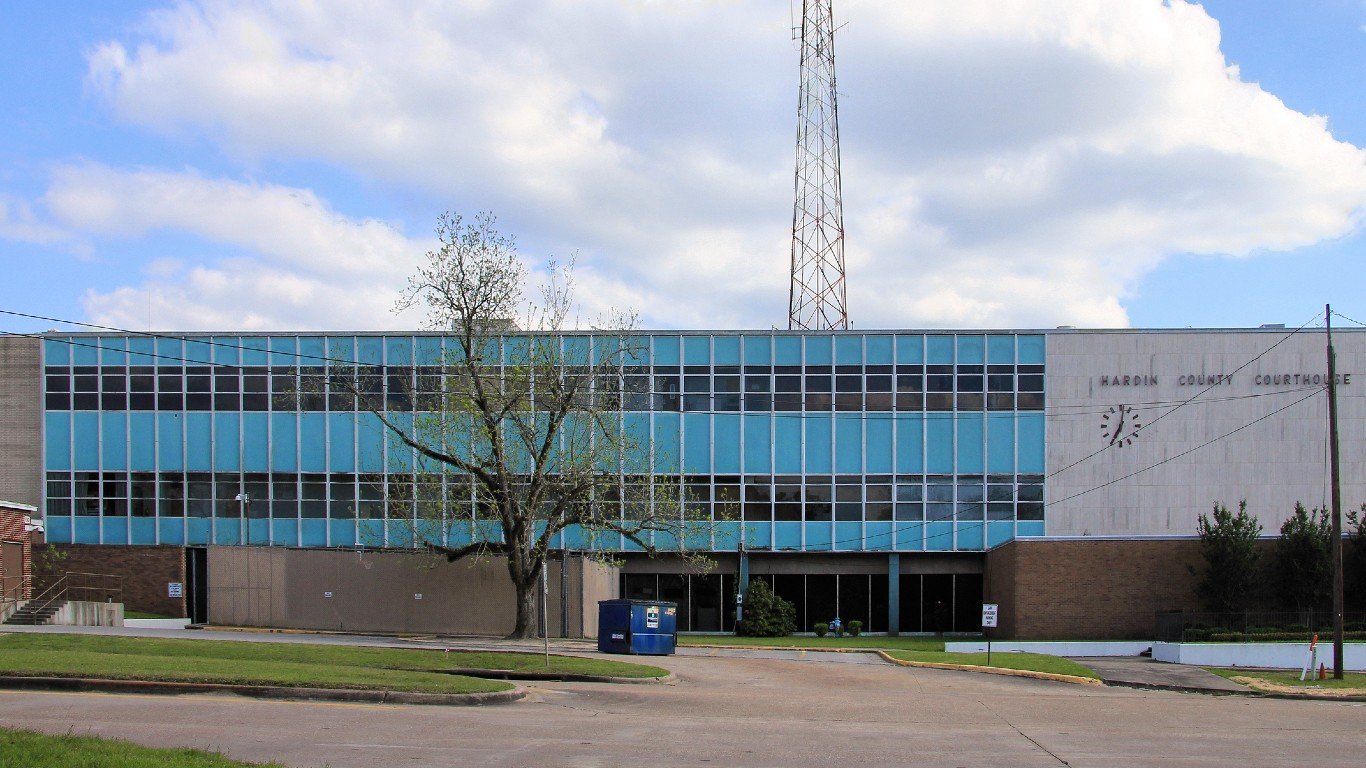
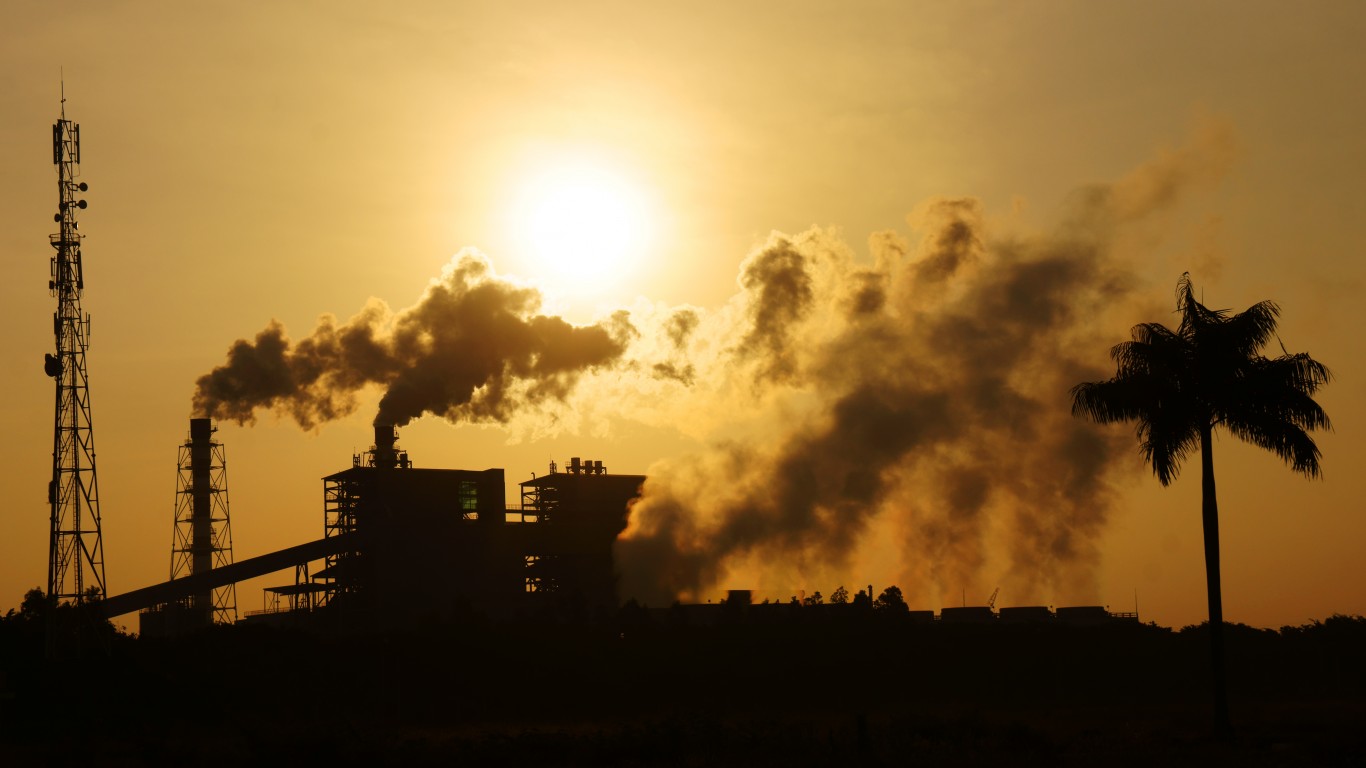 24/7 Wall St.
24/7 Wall St.